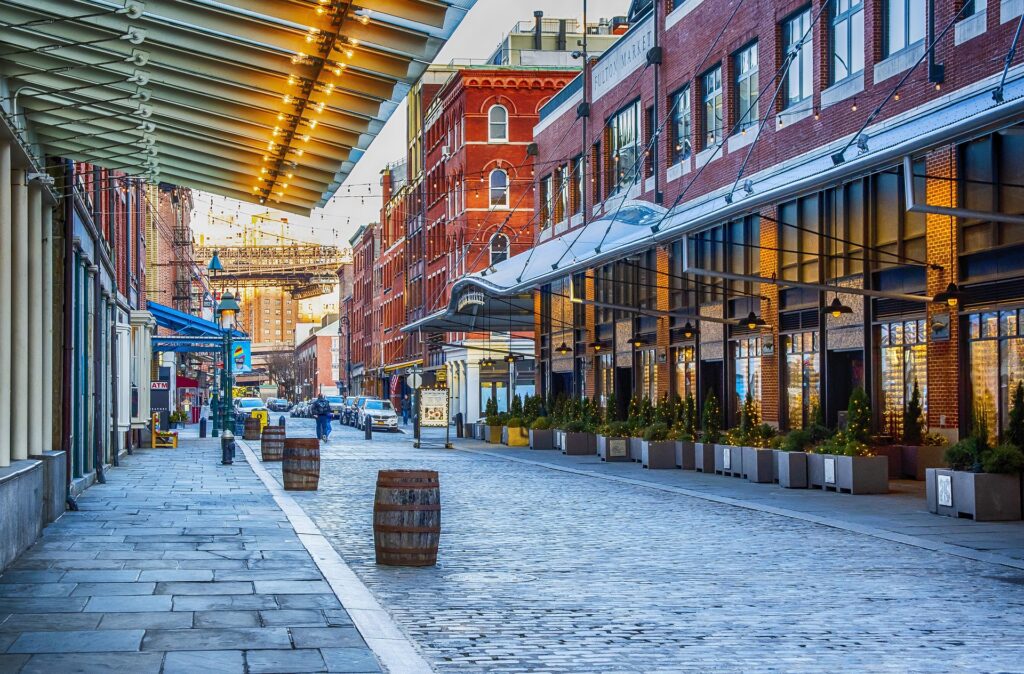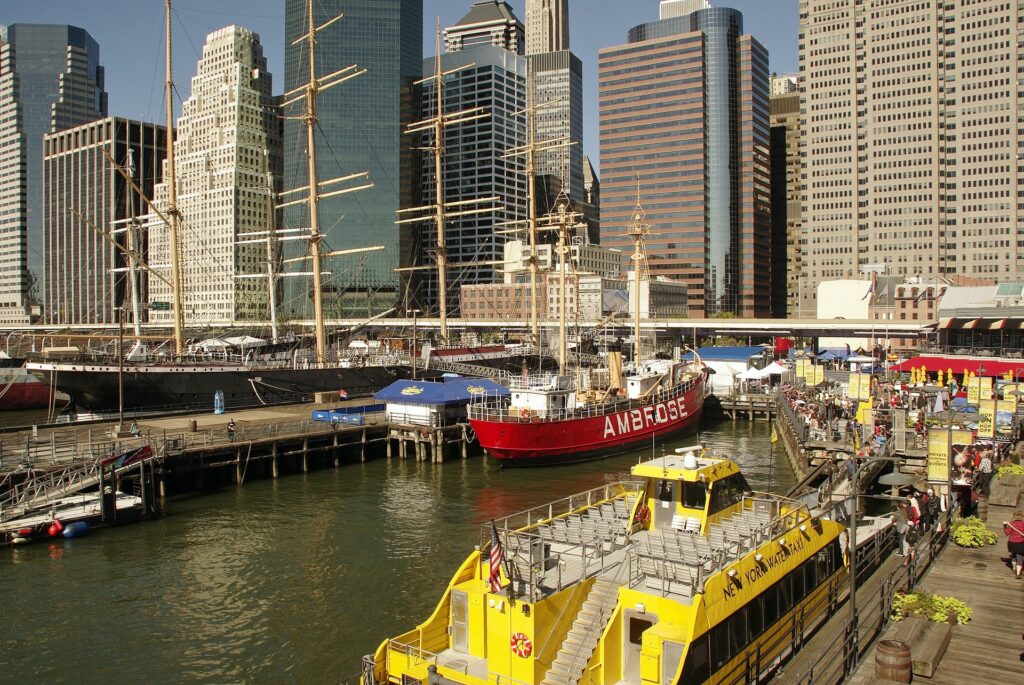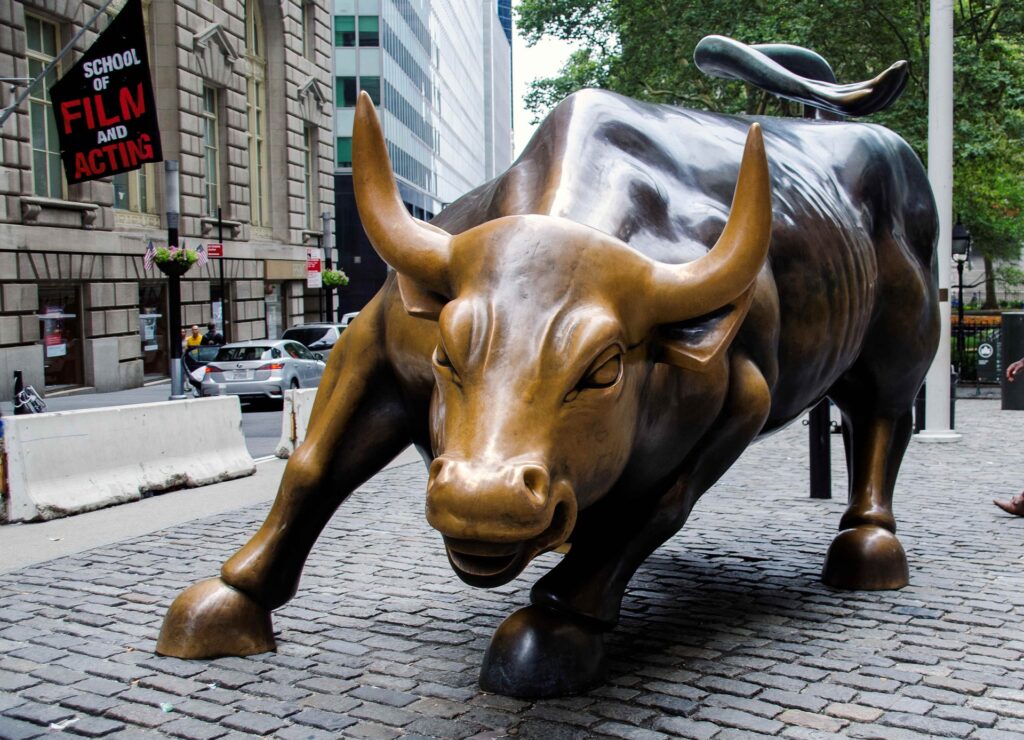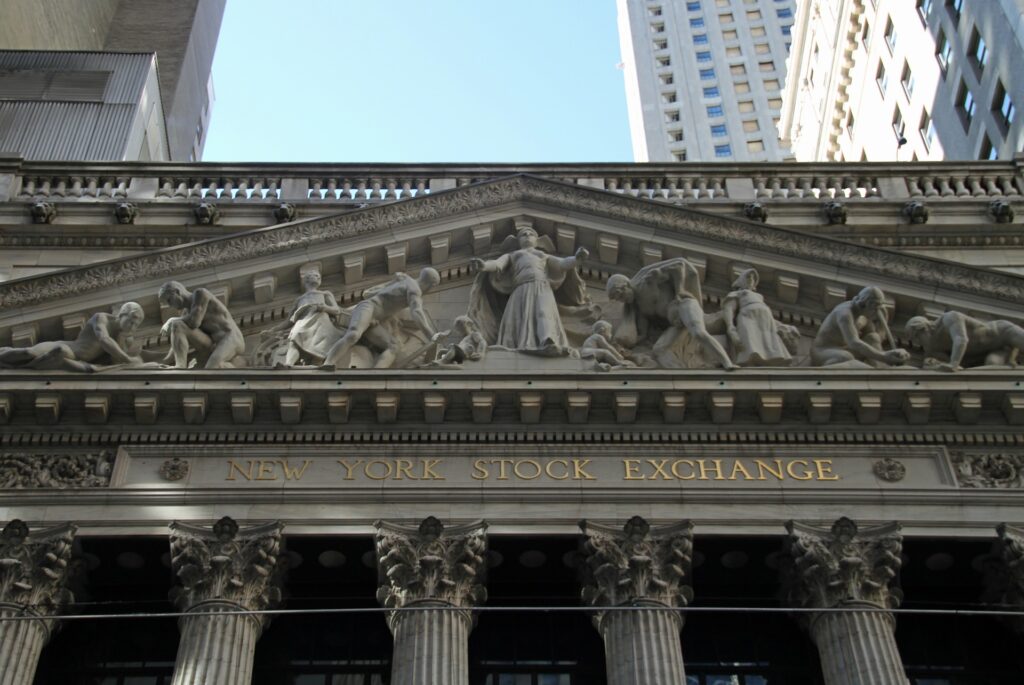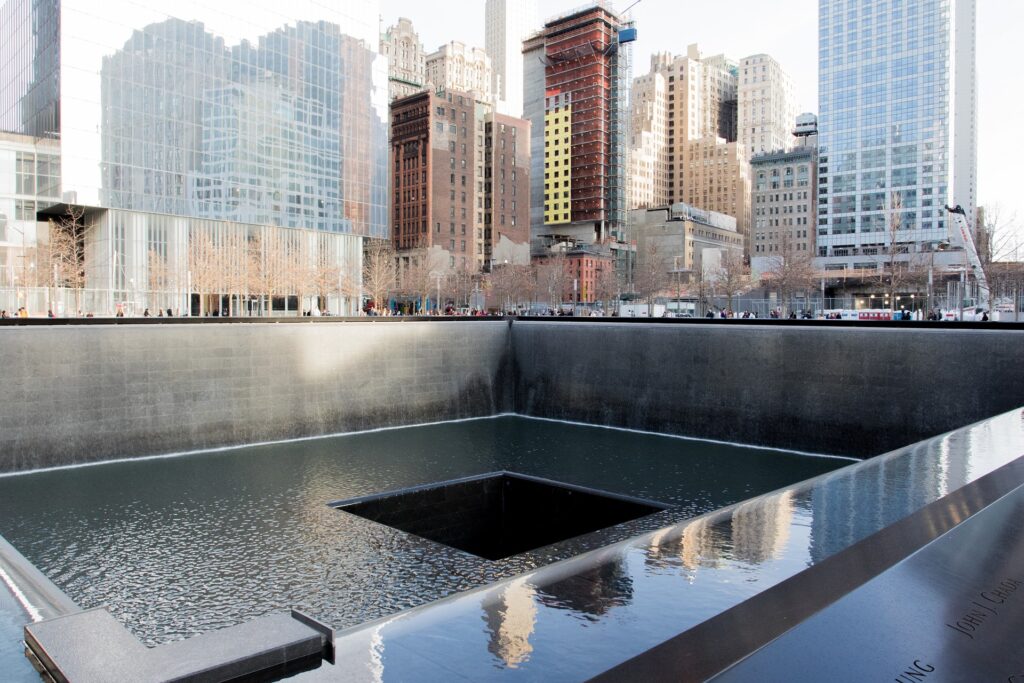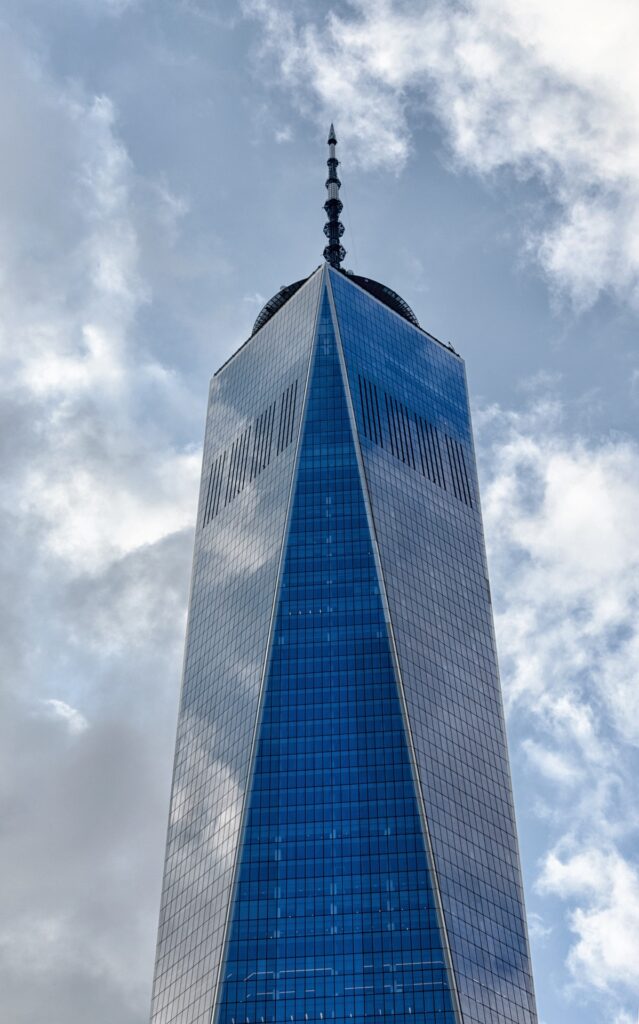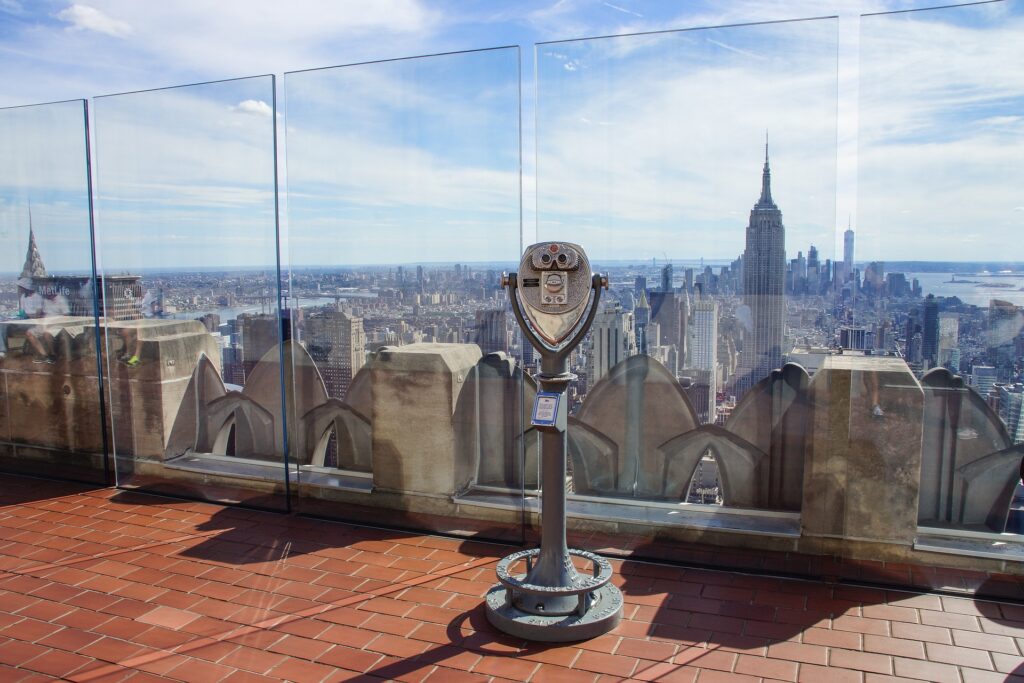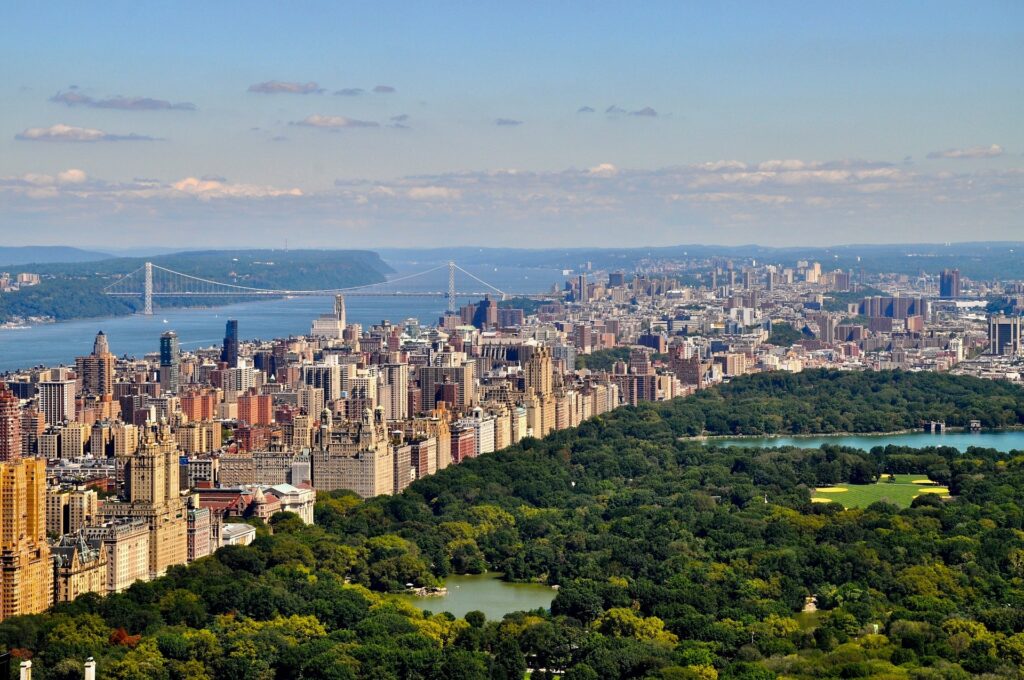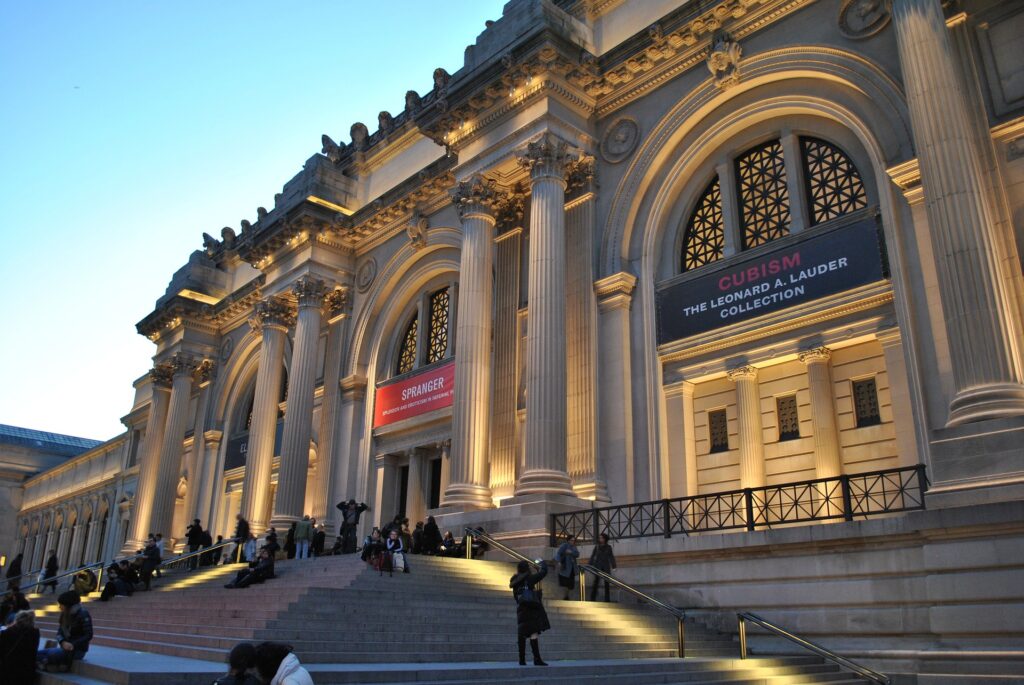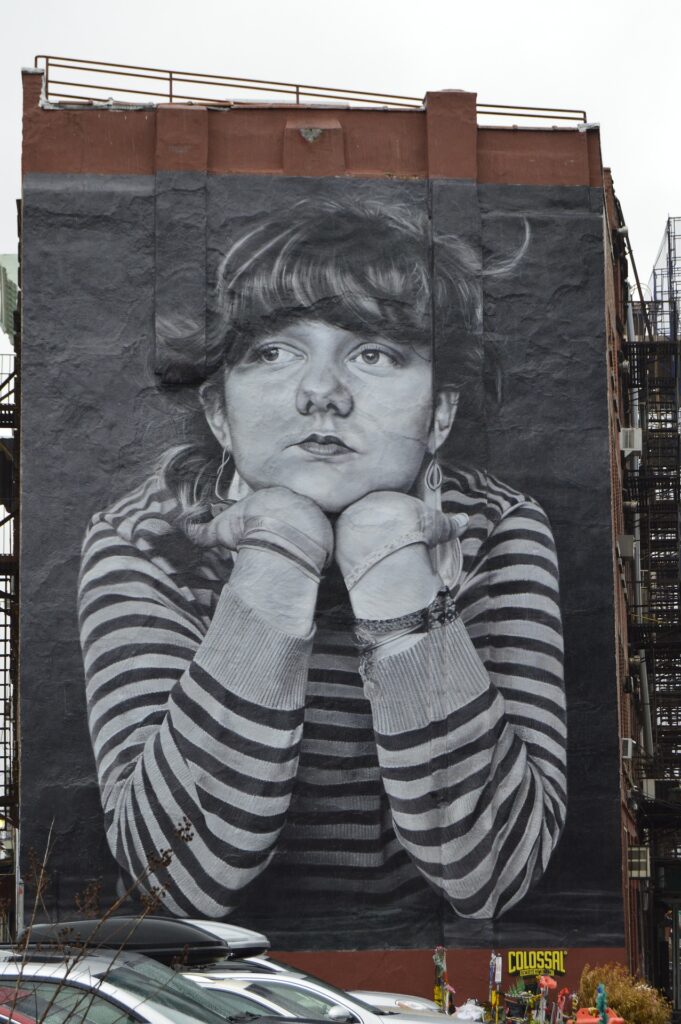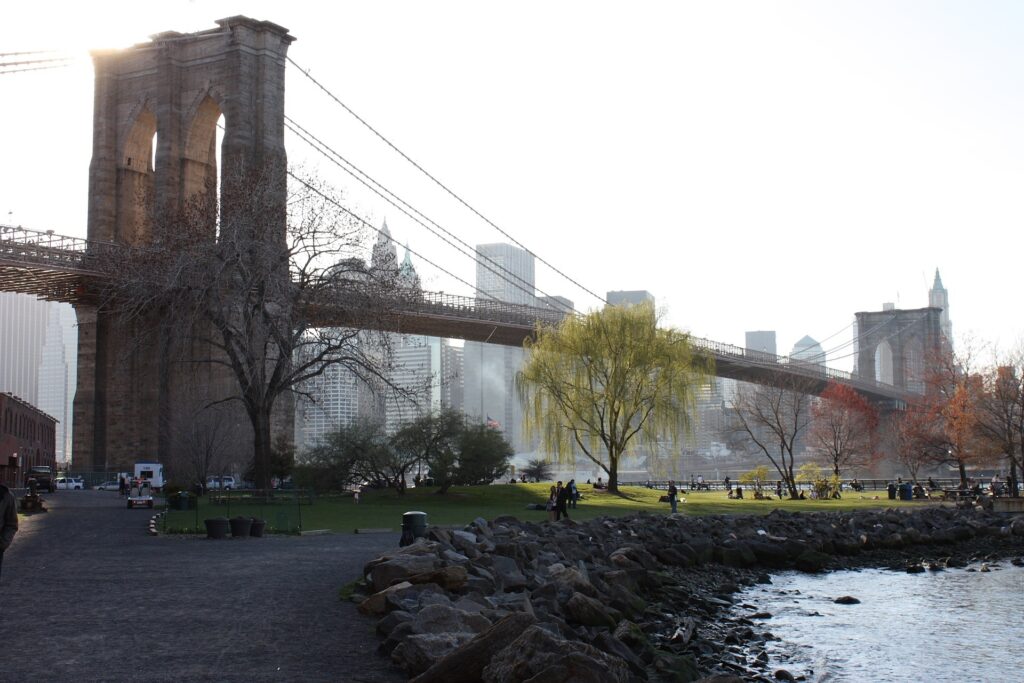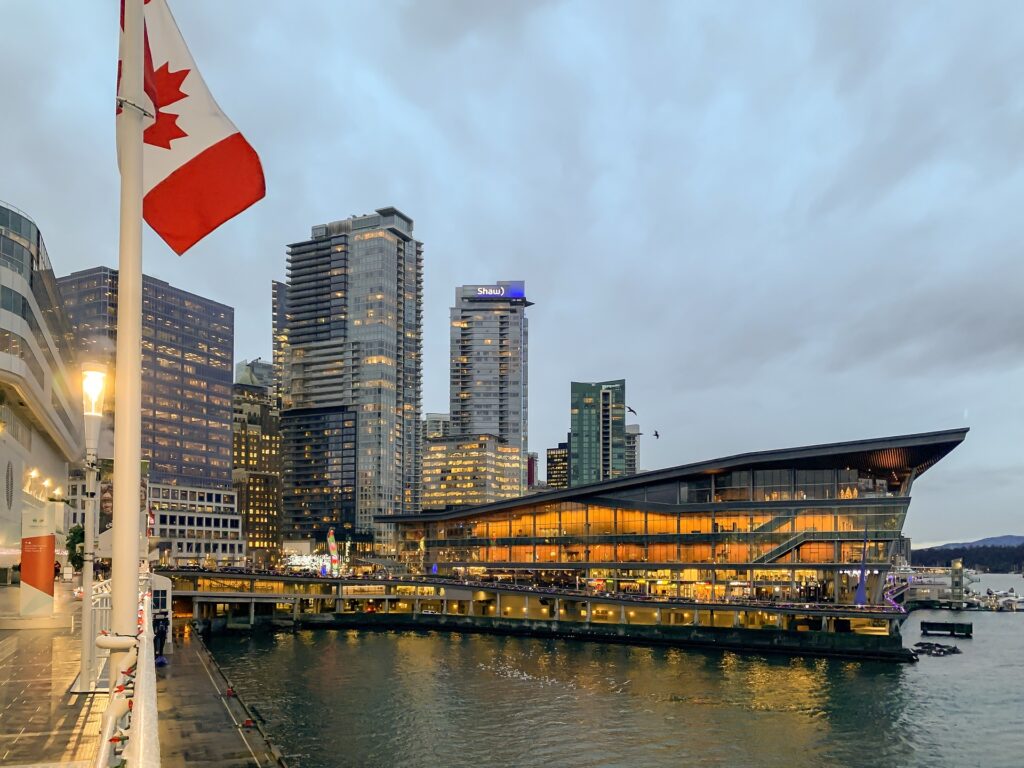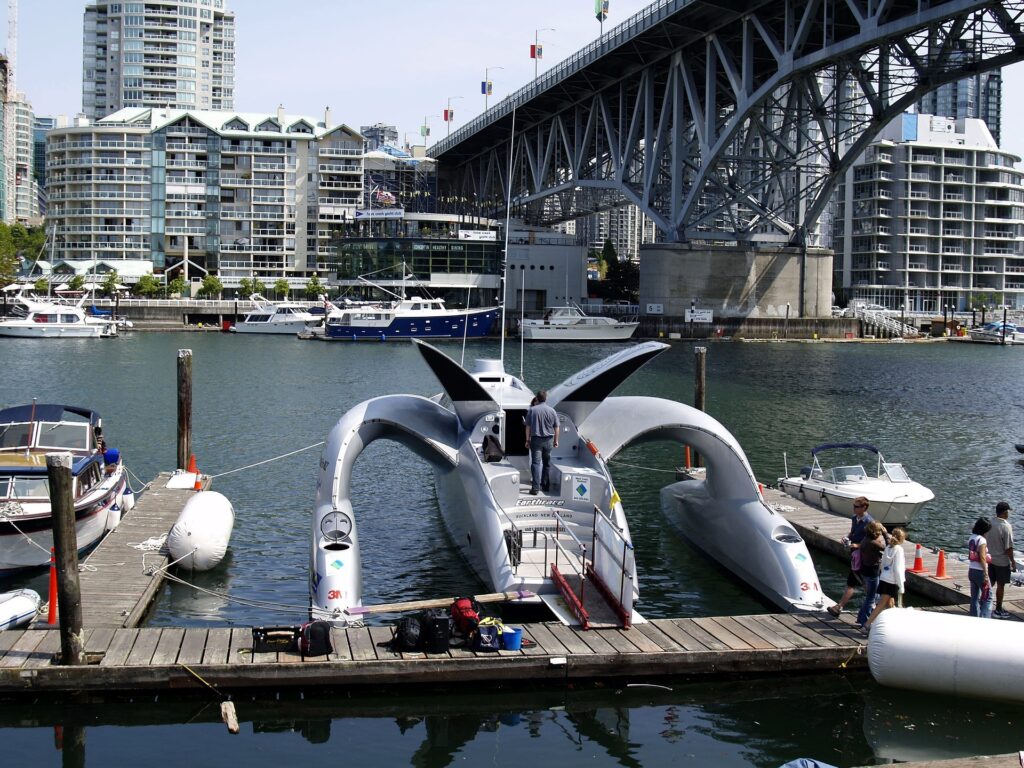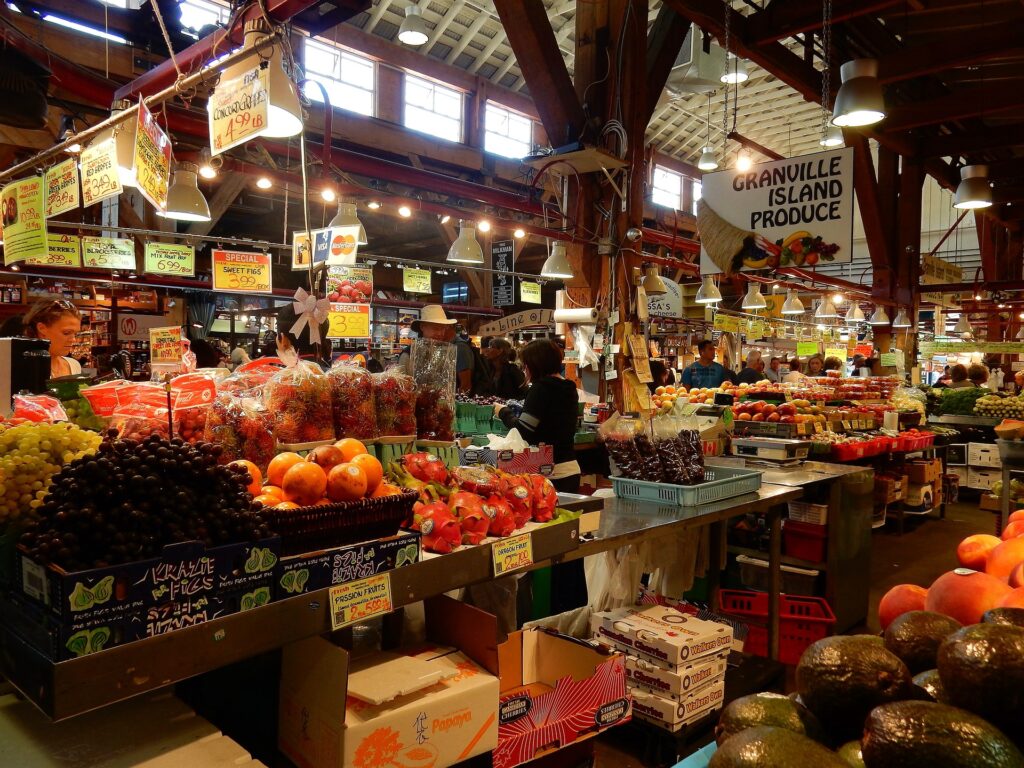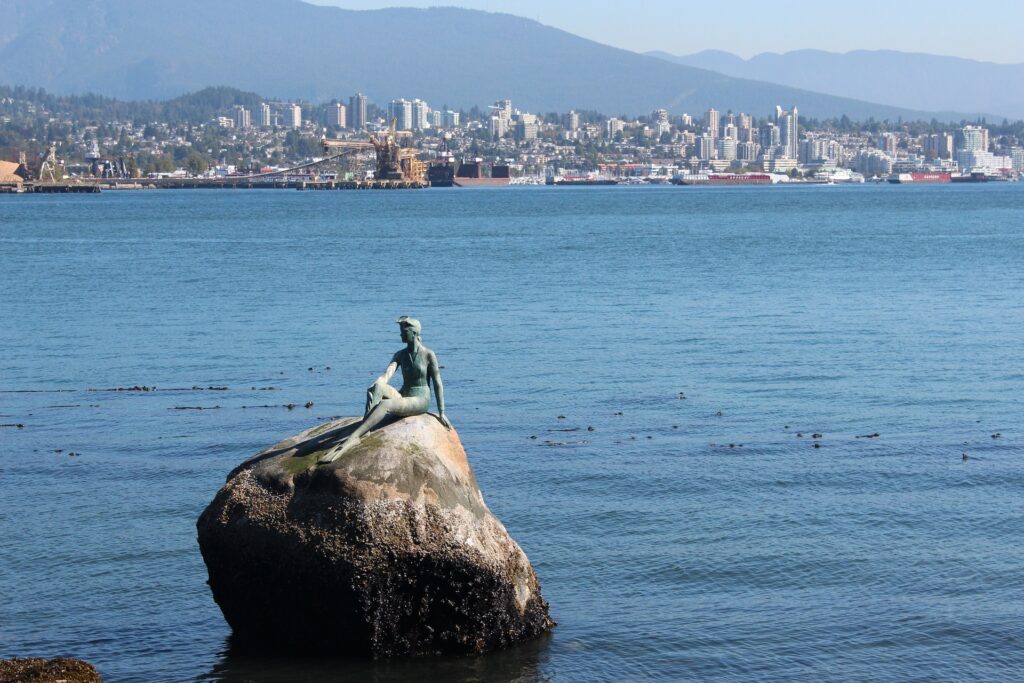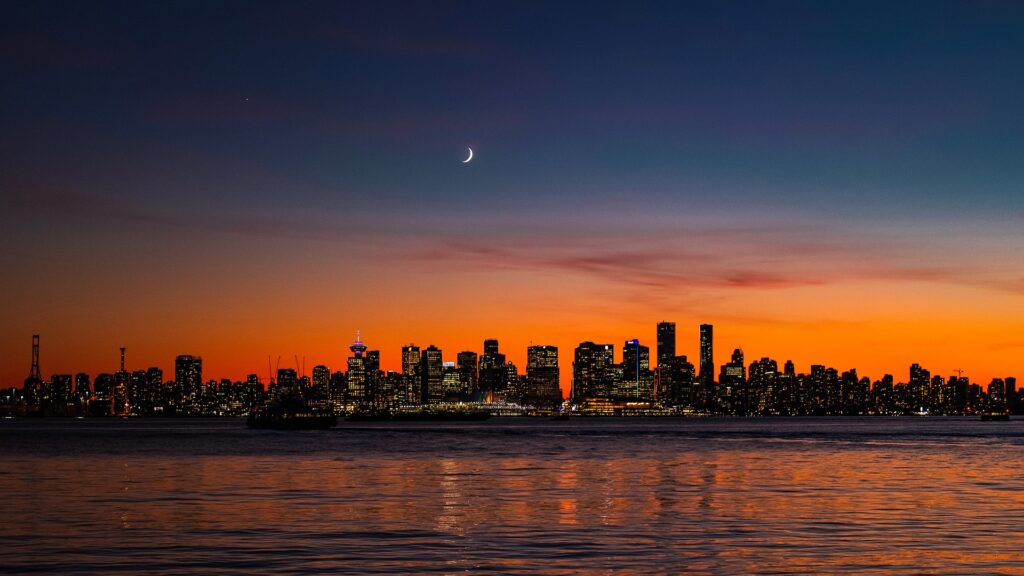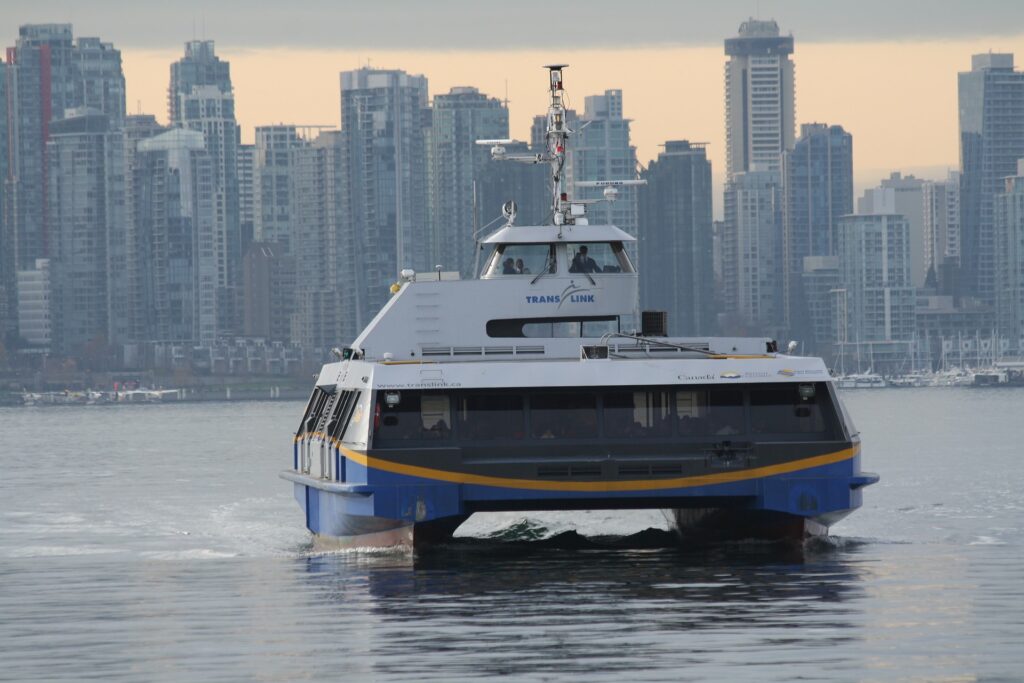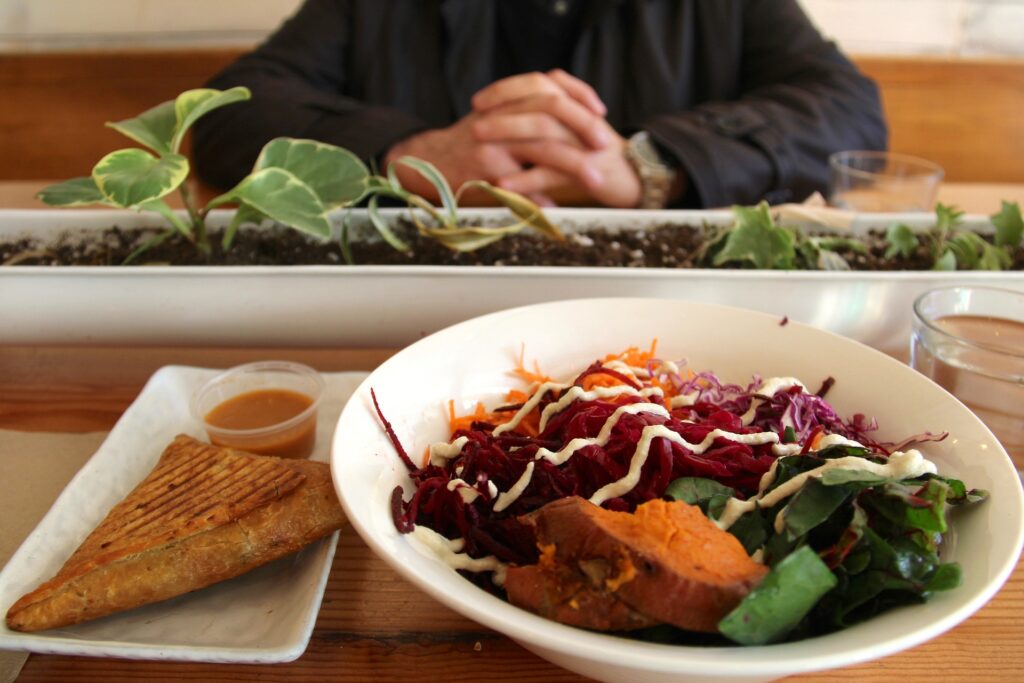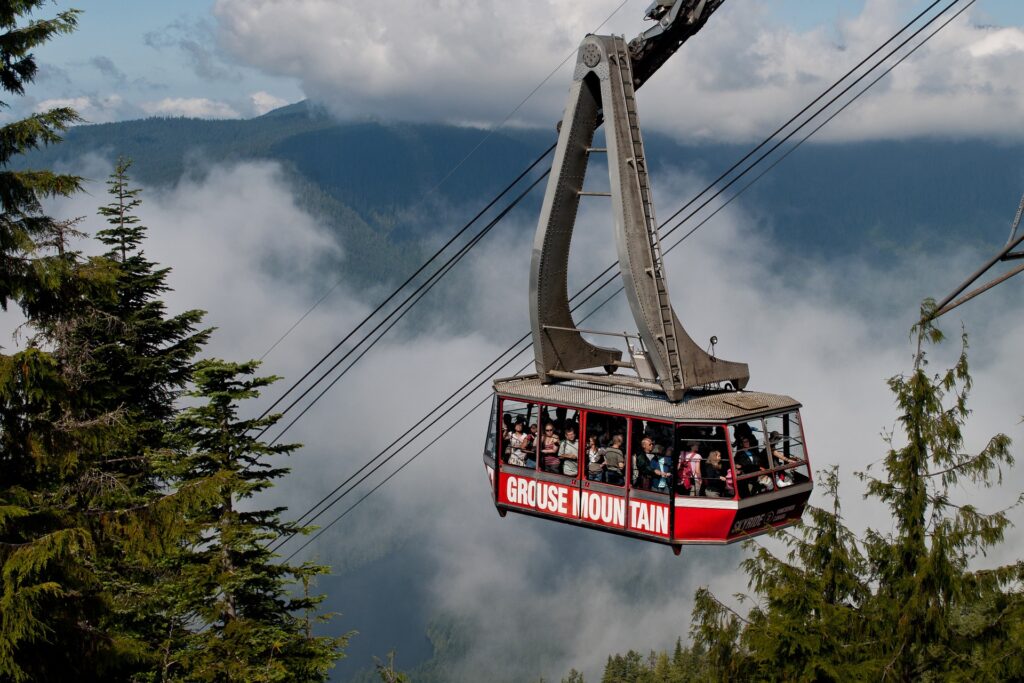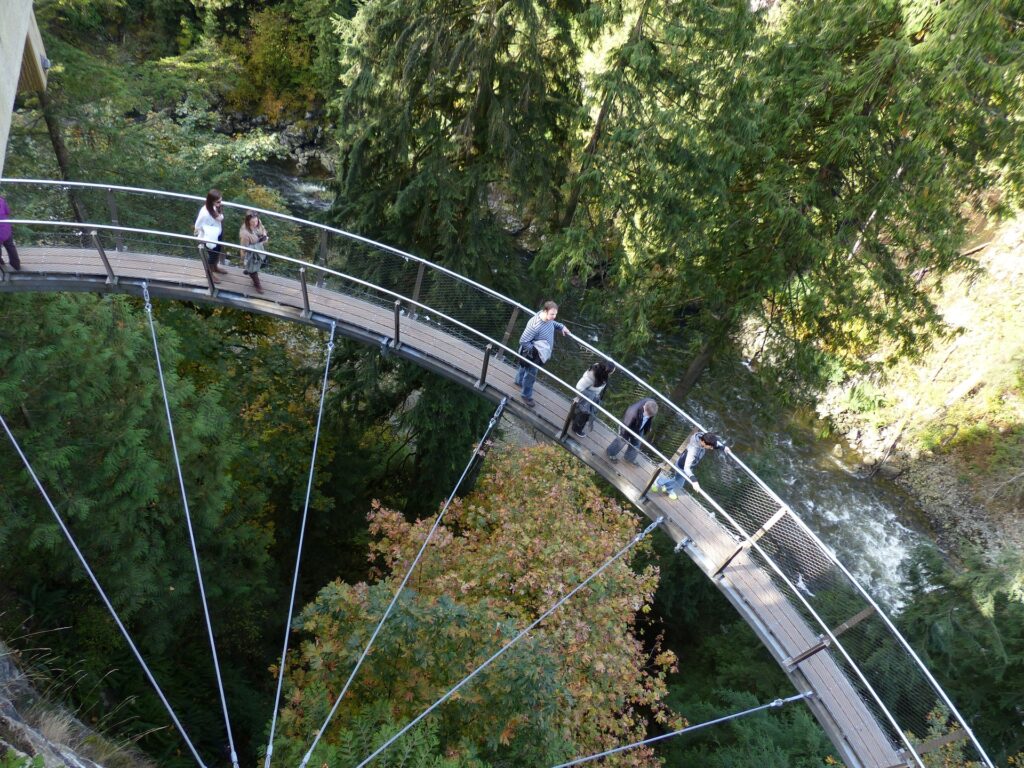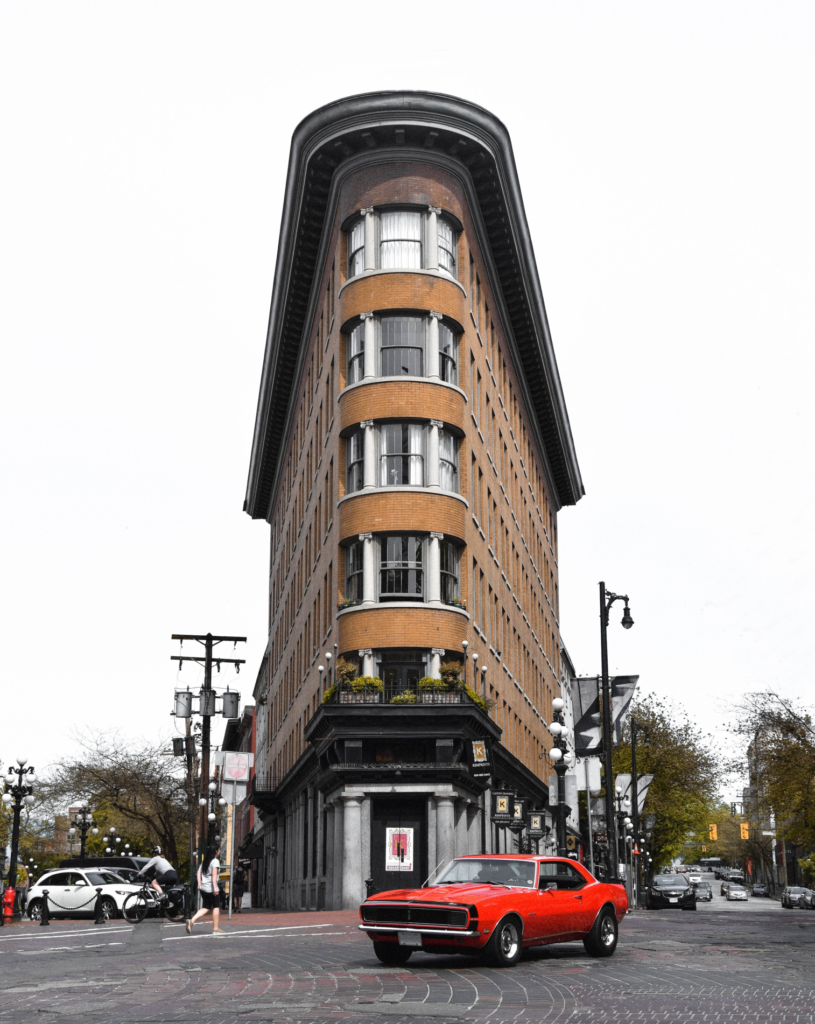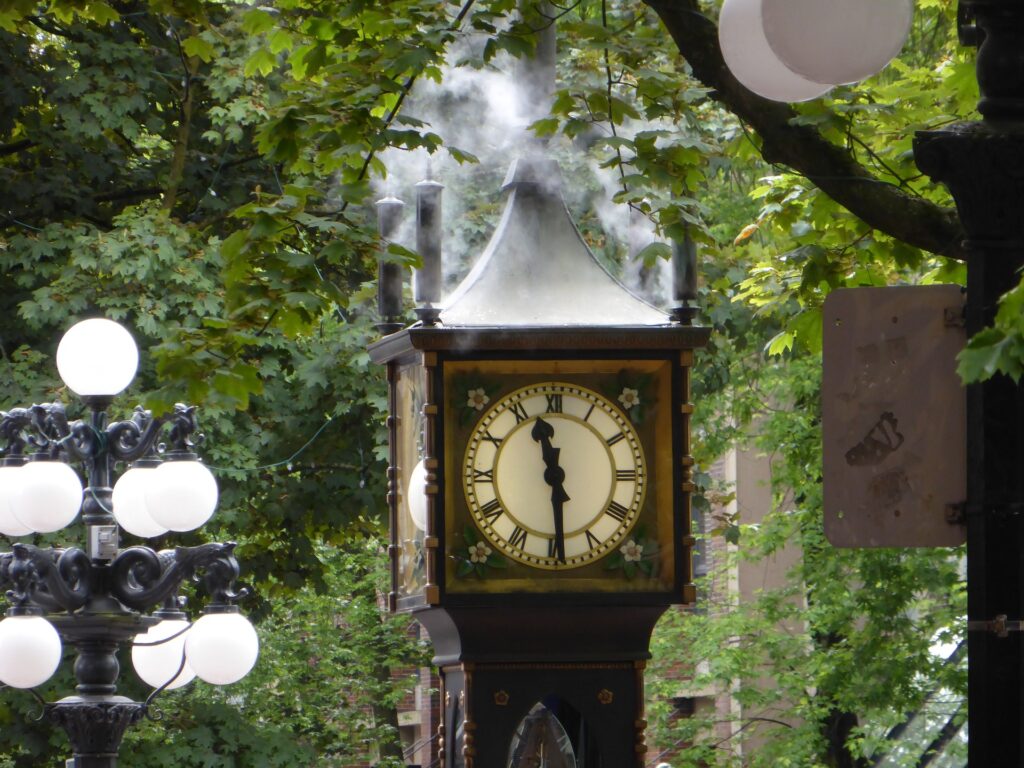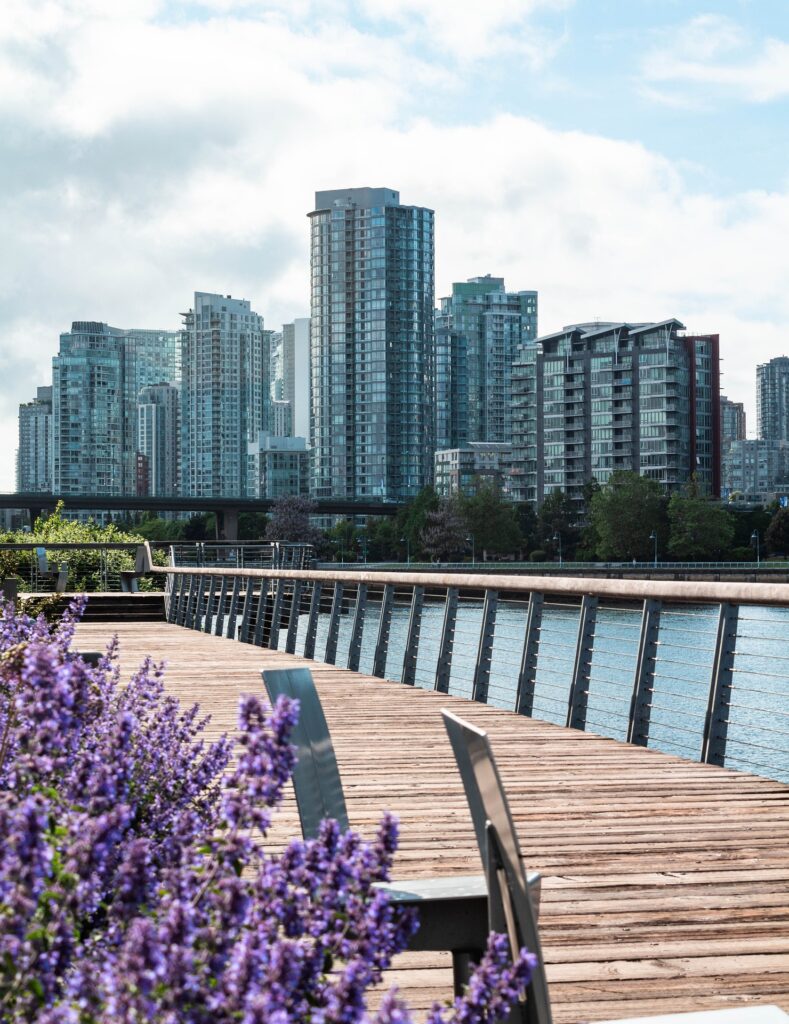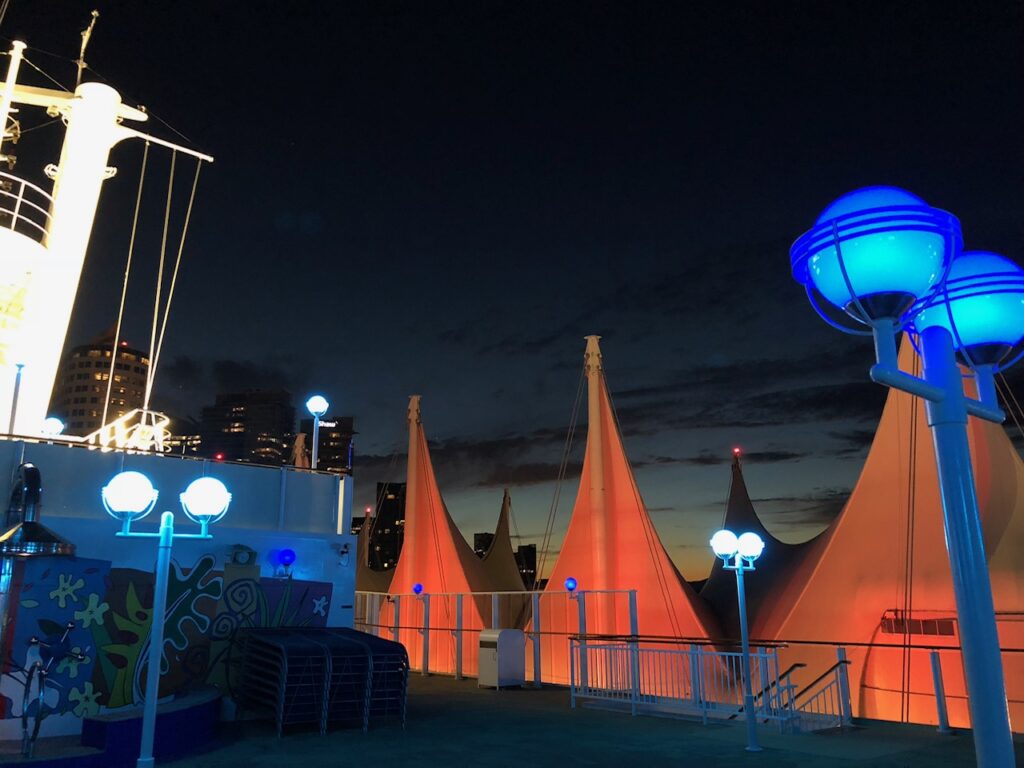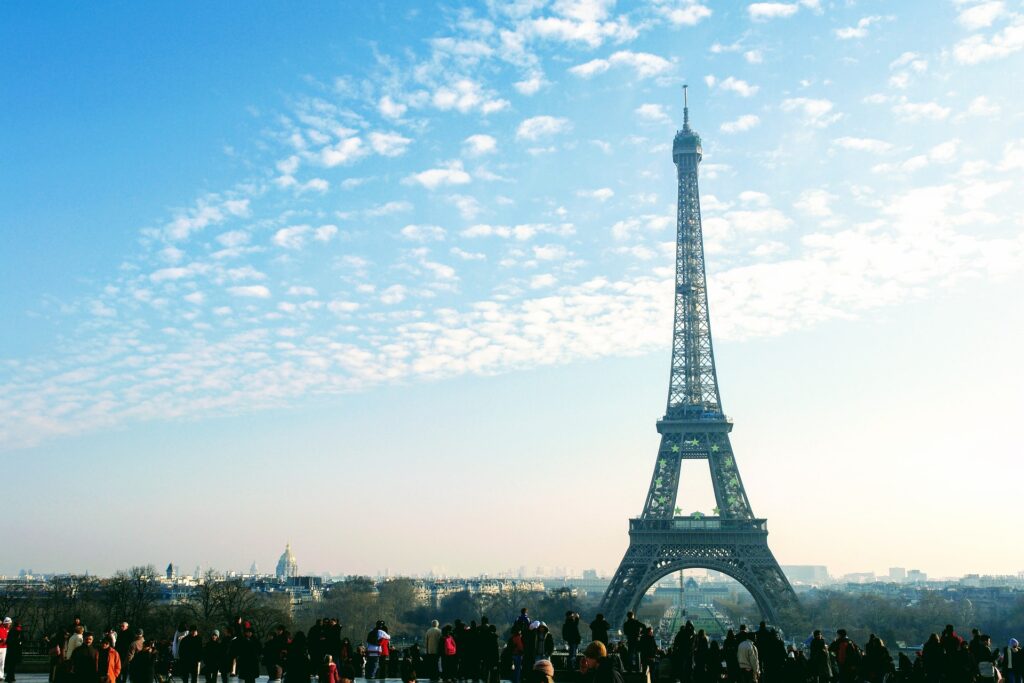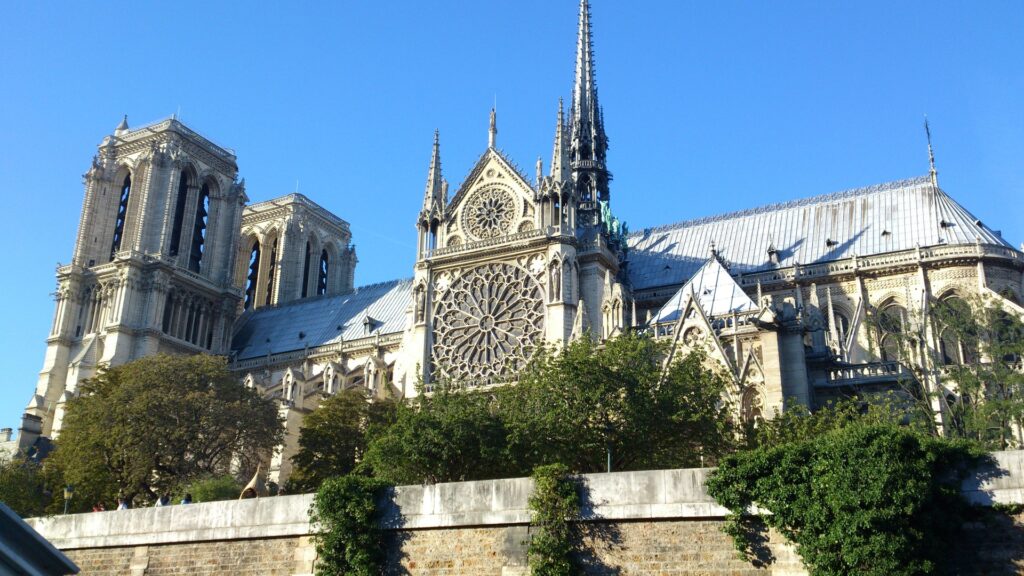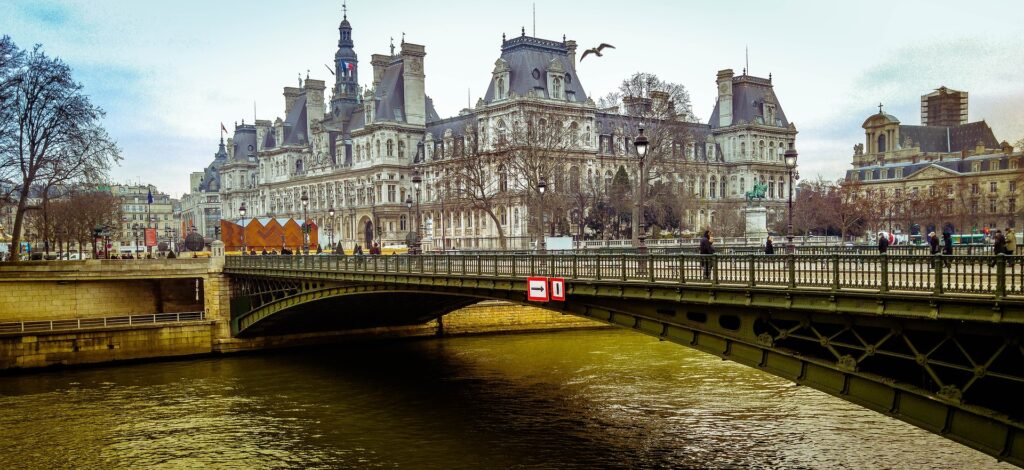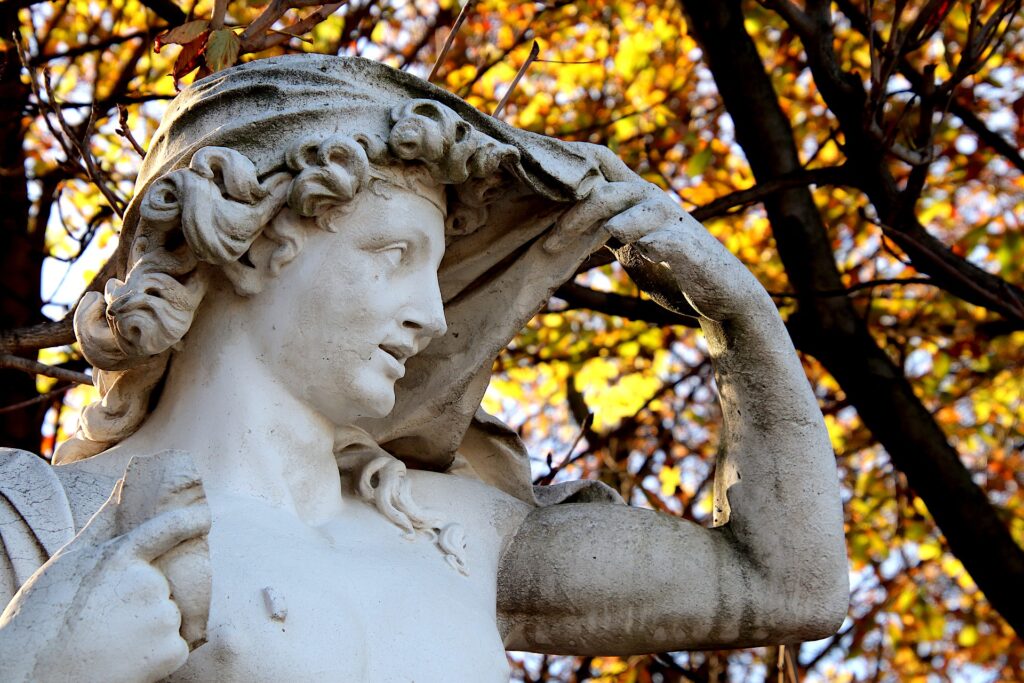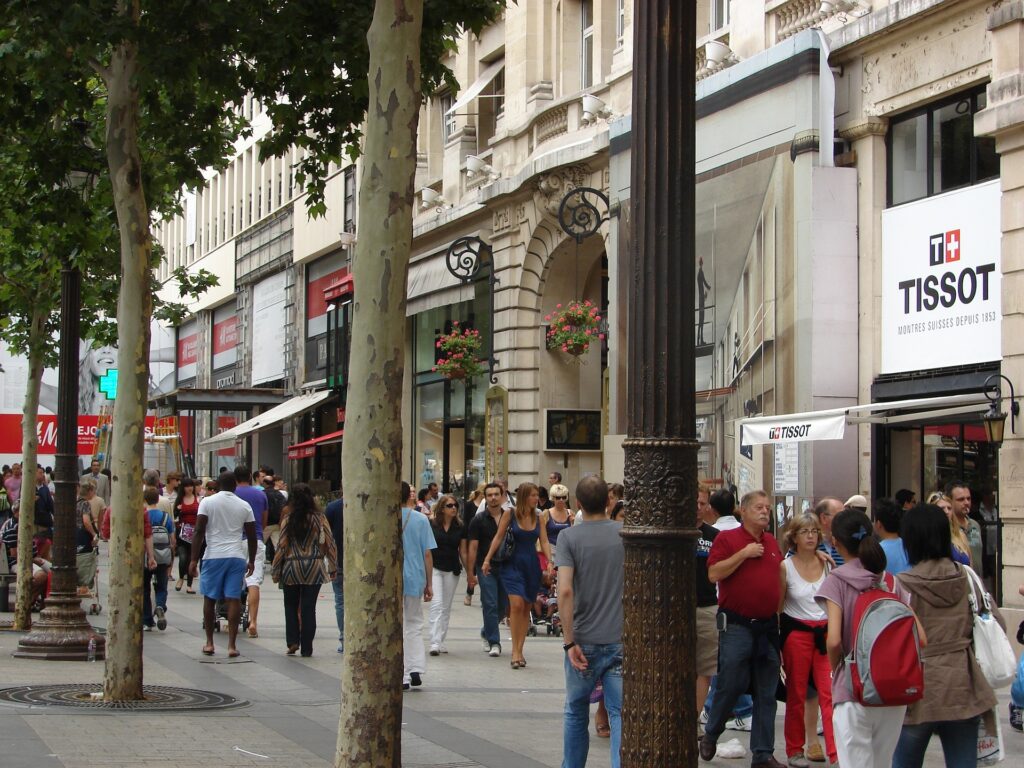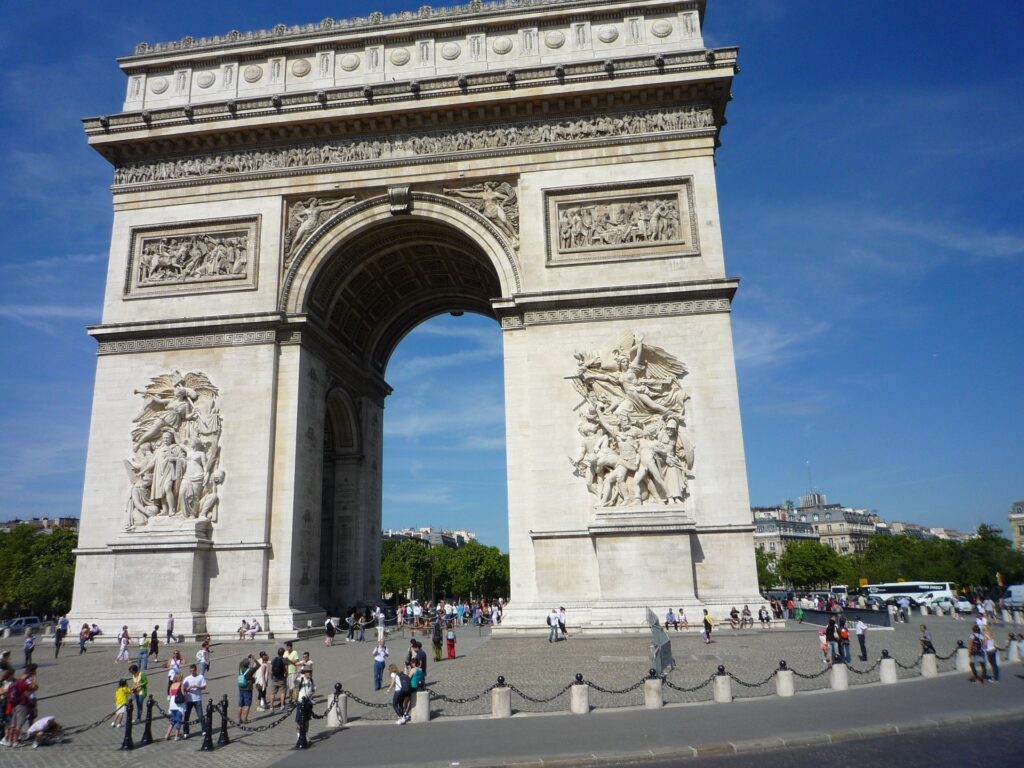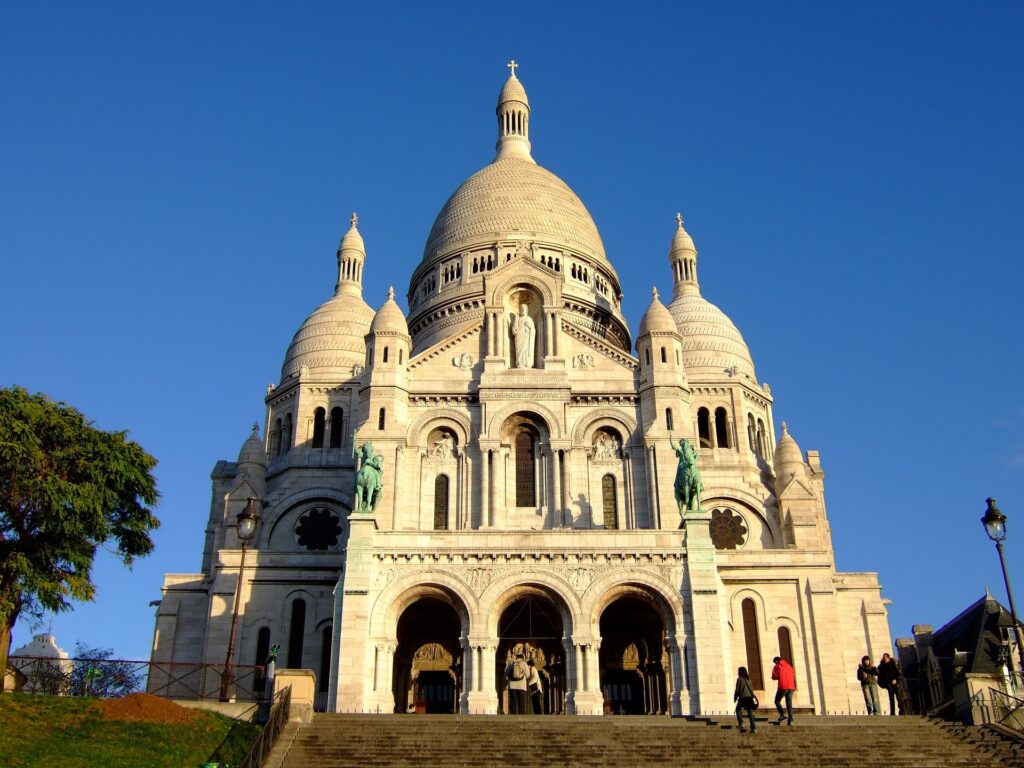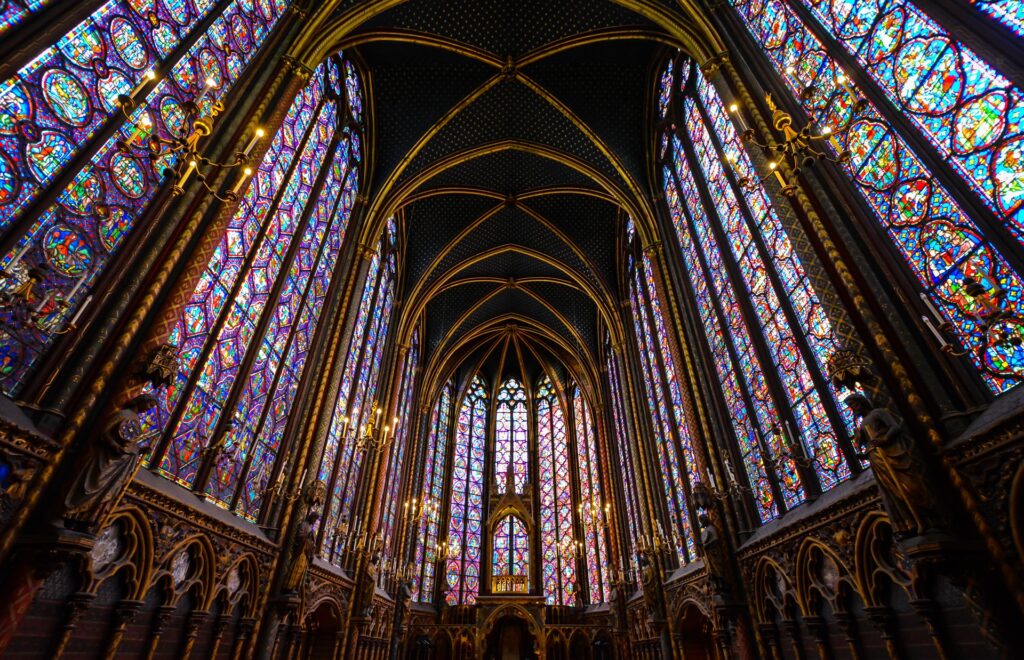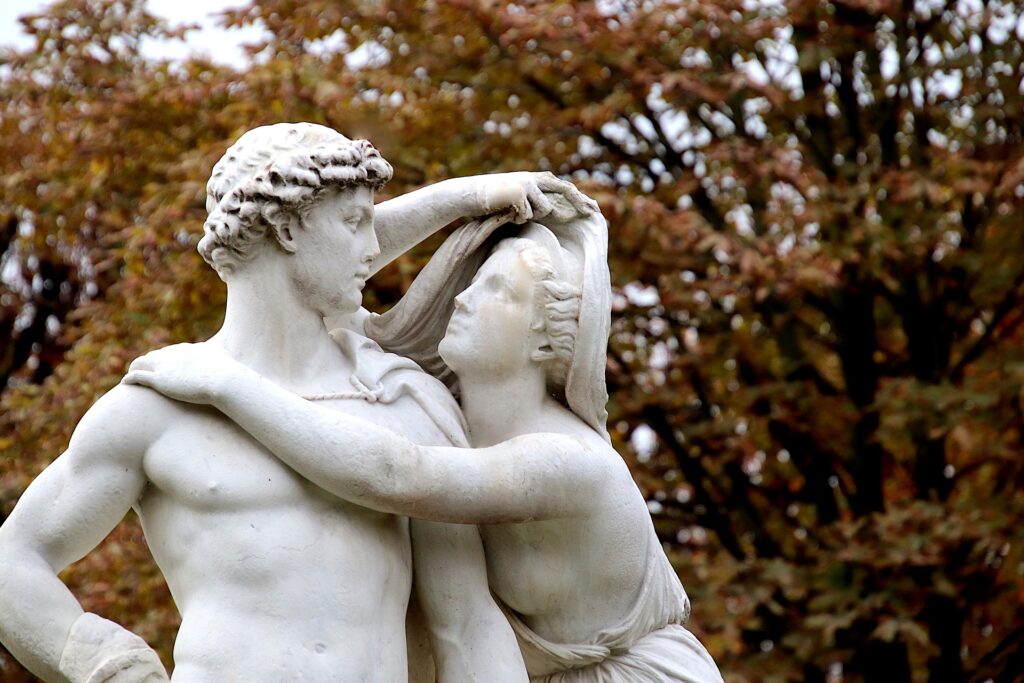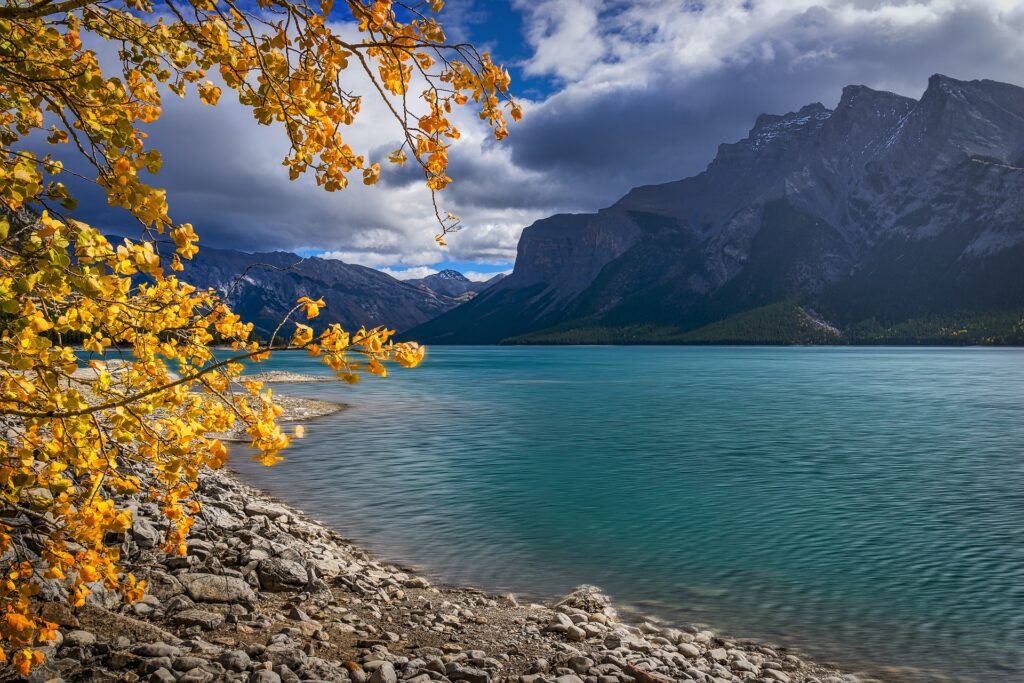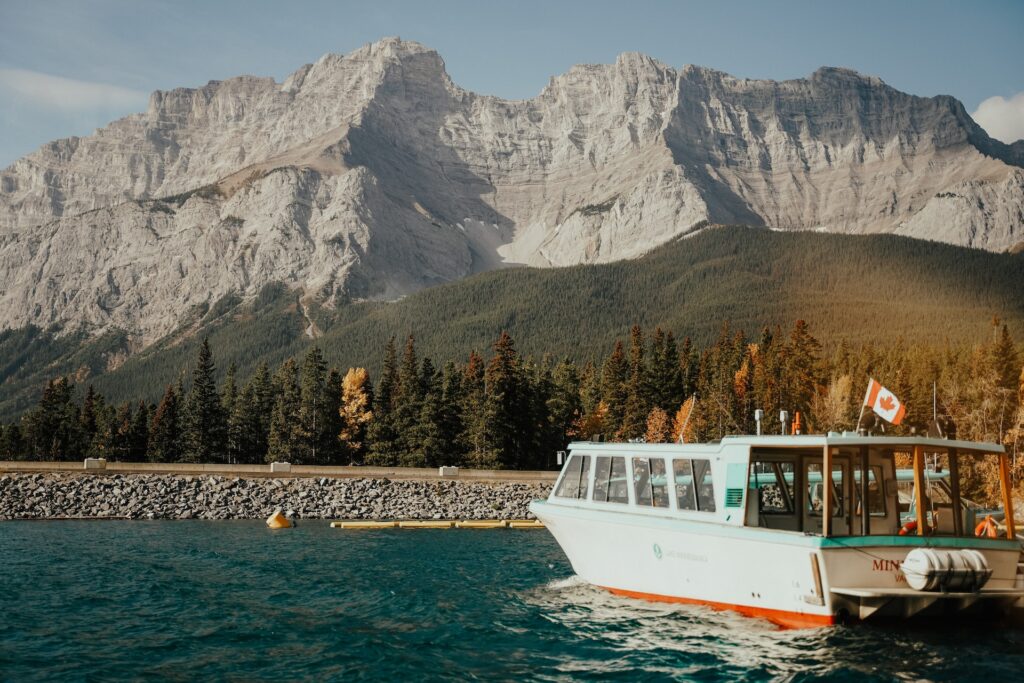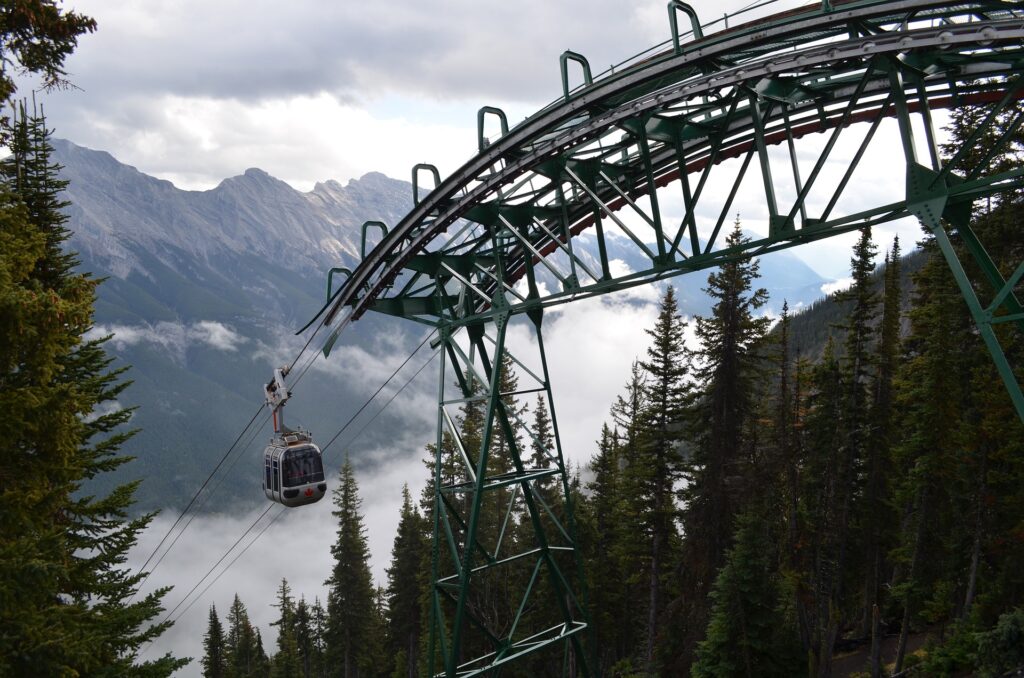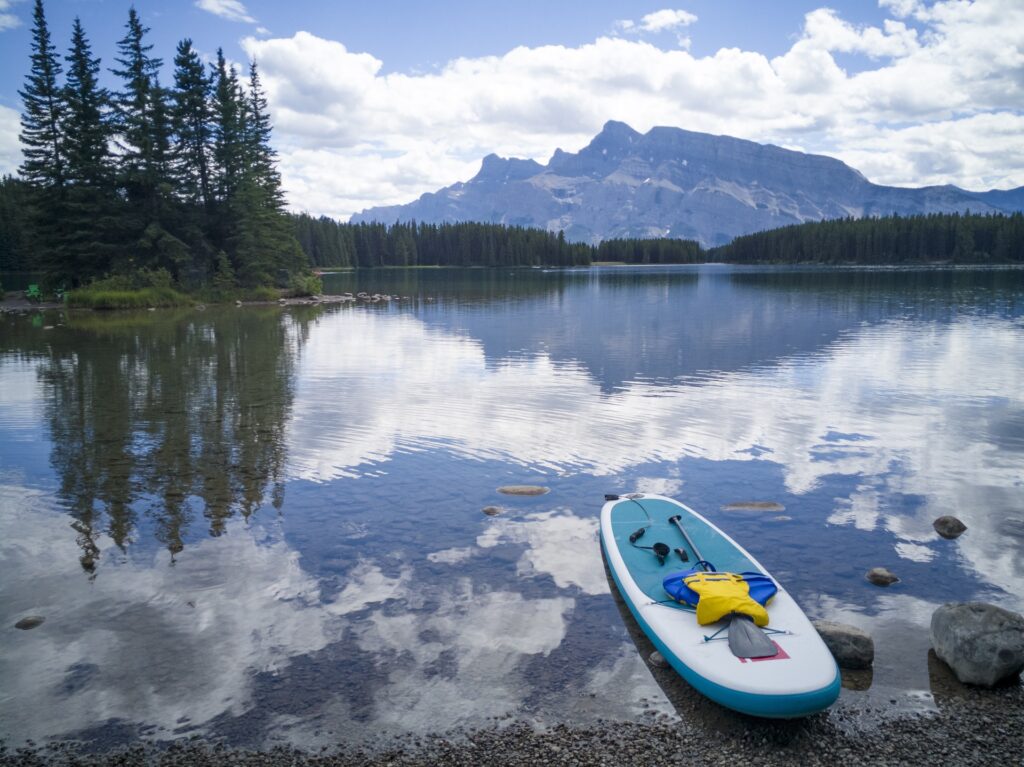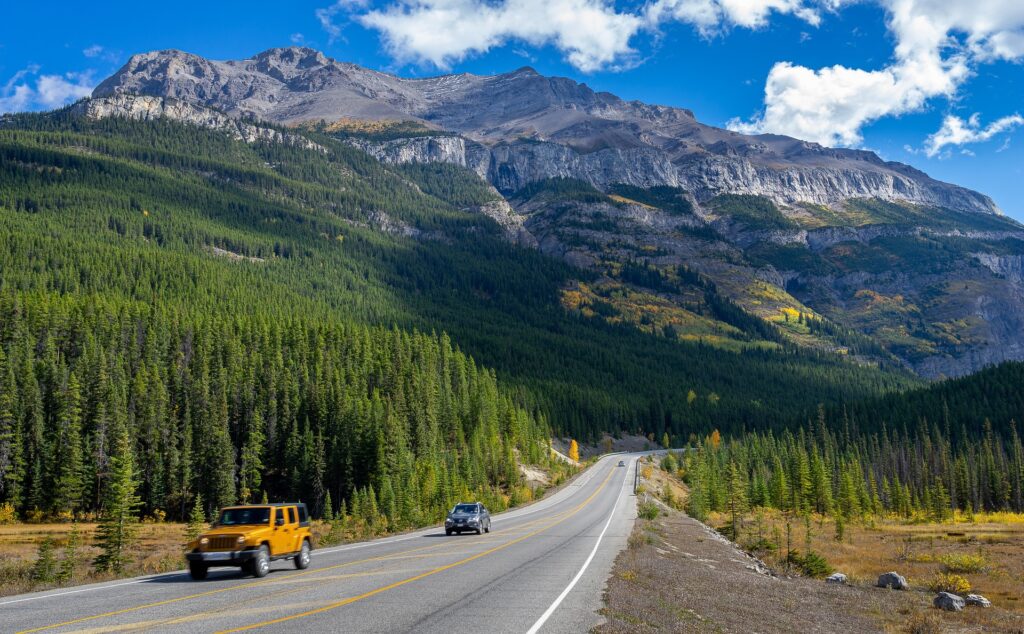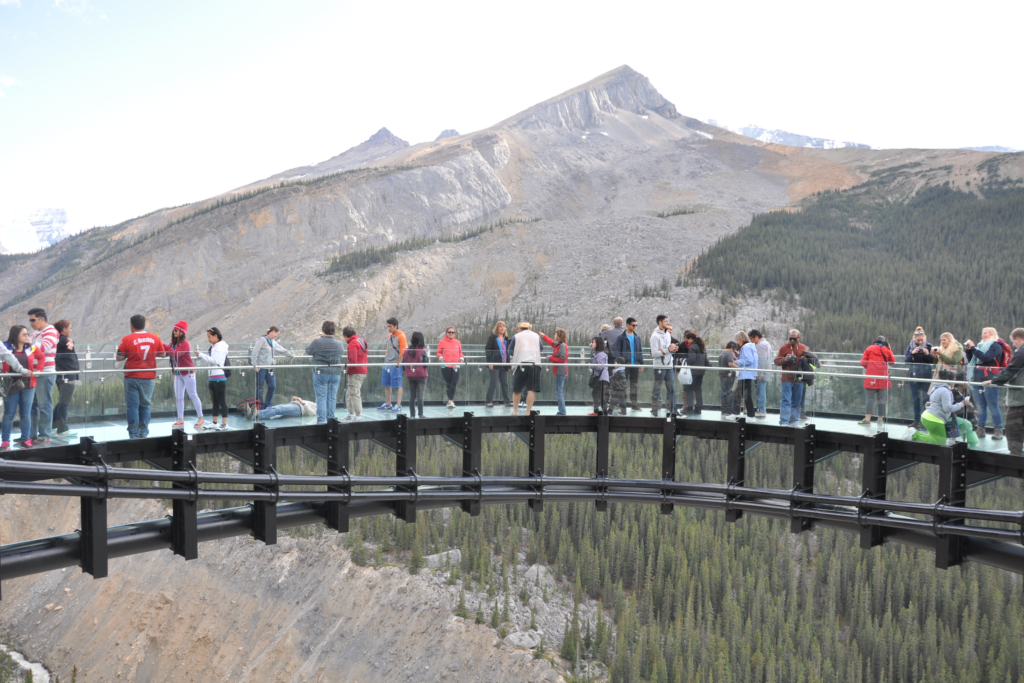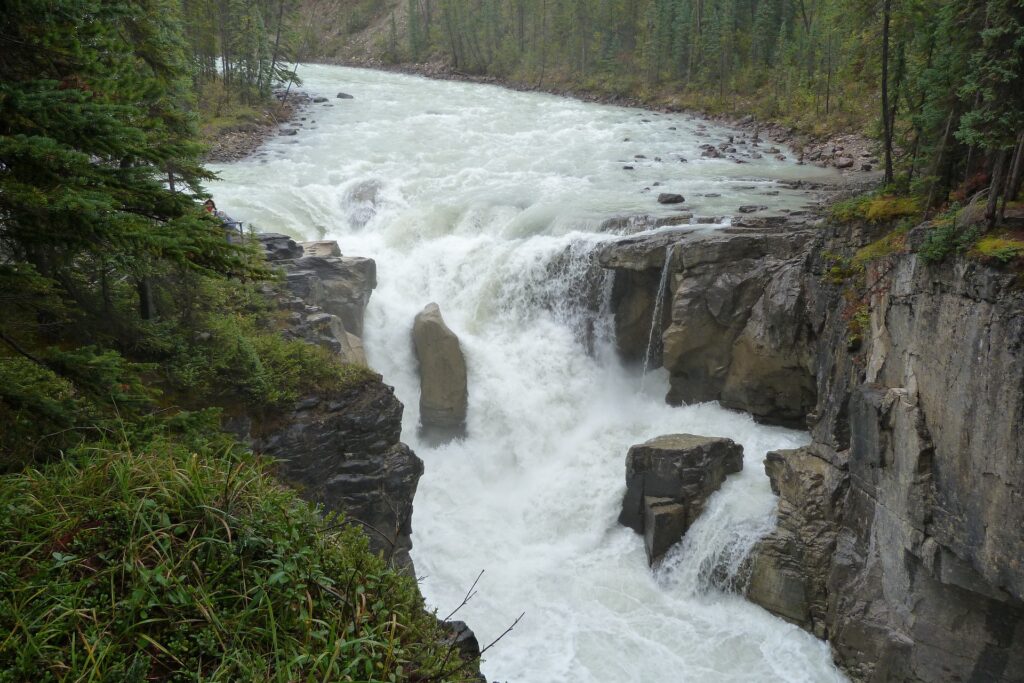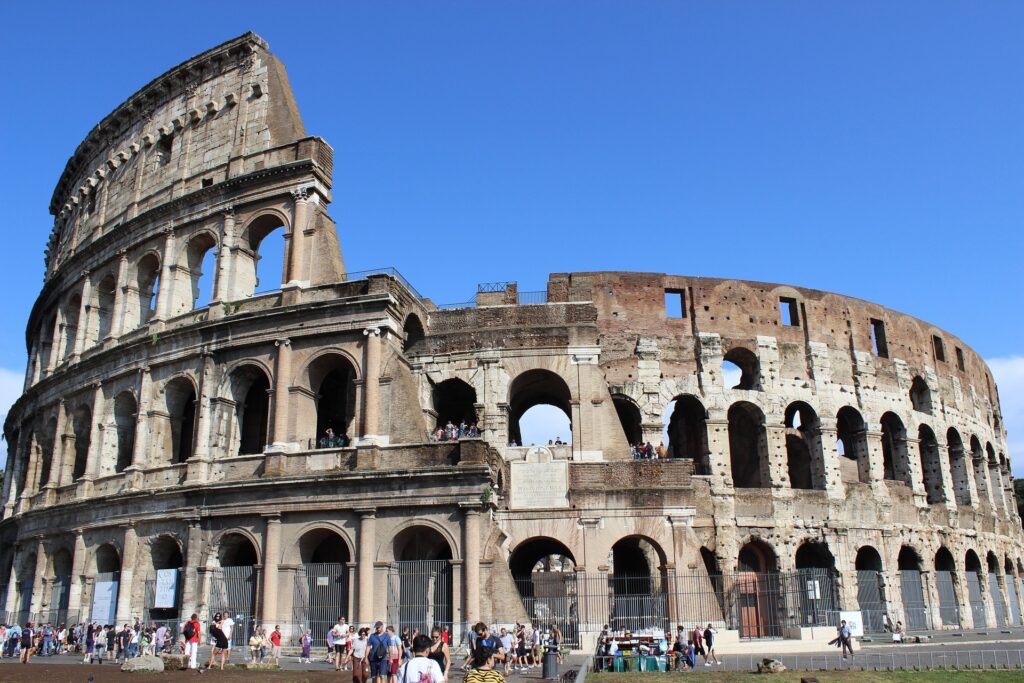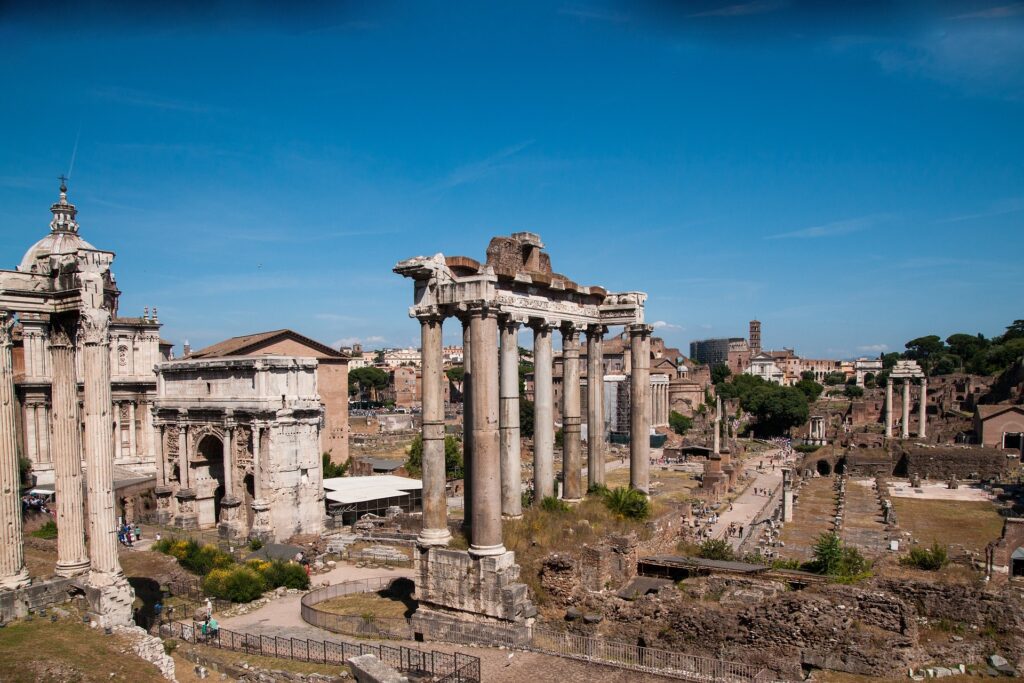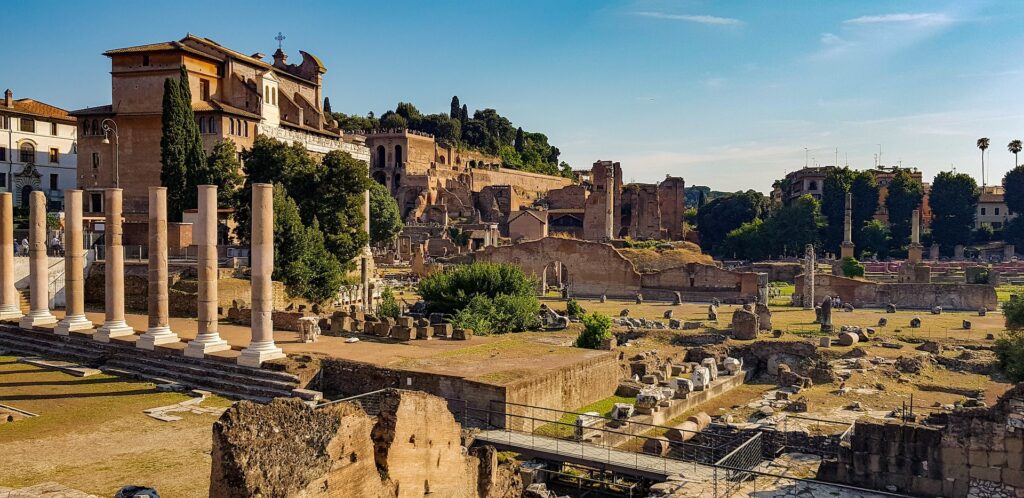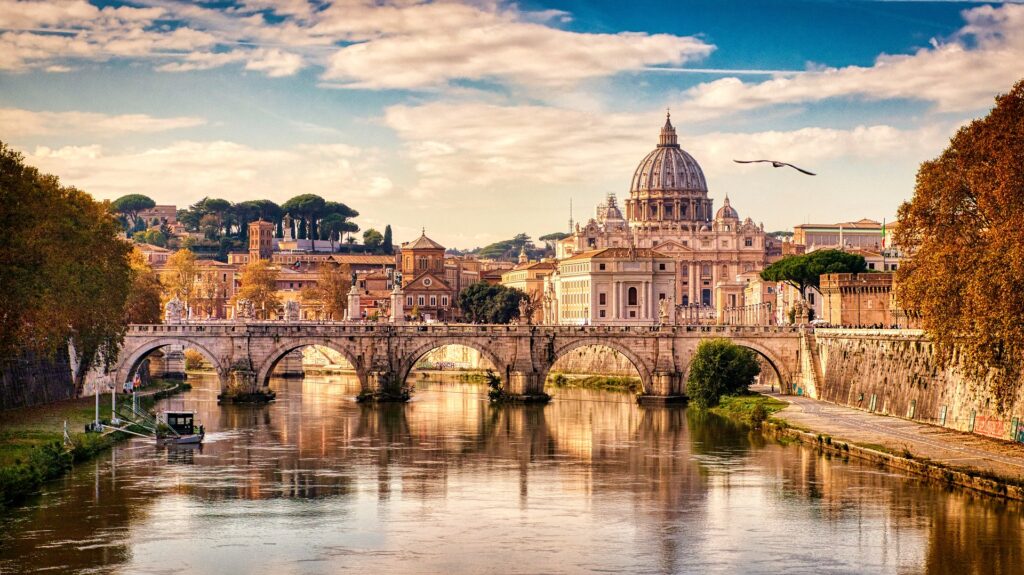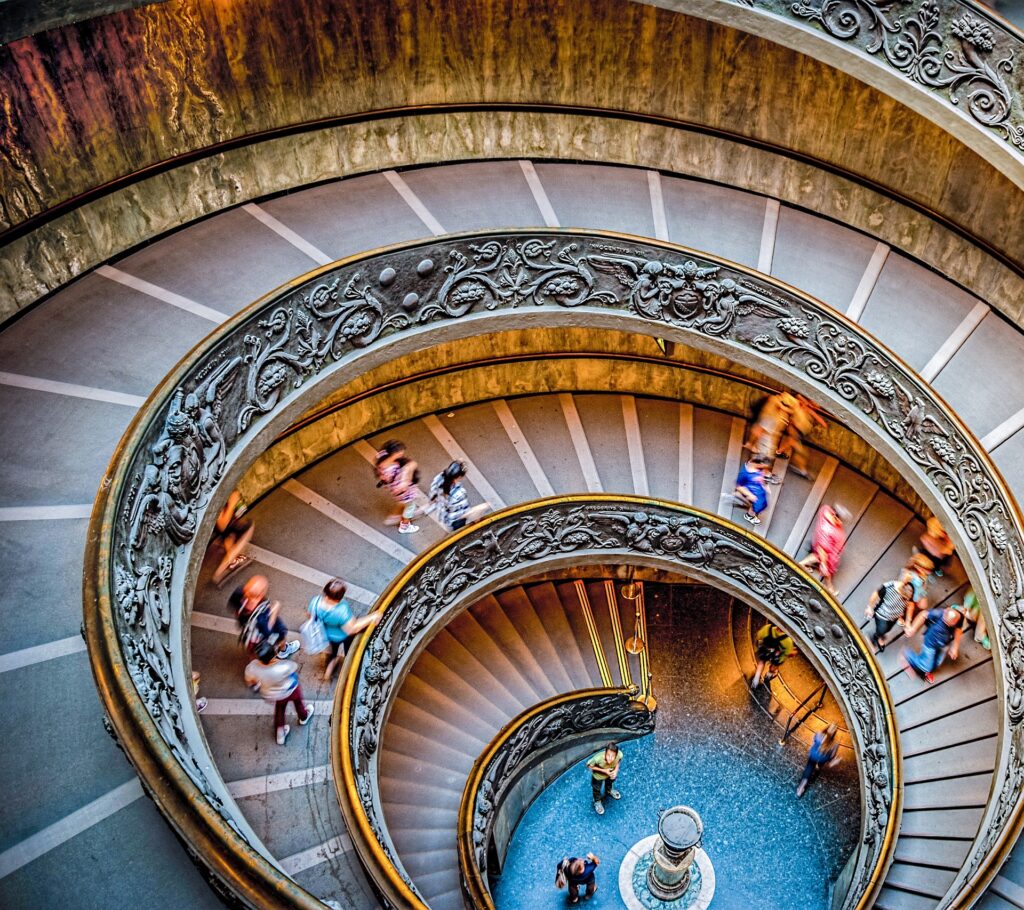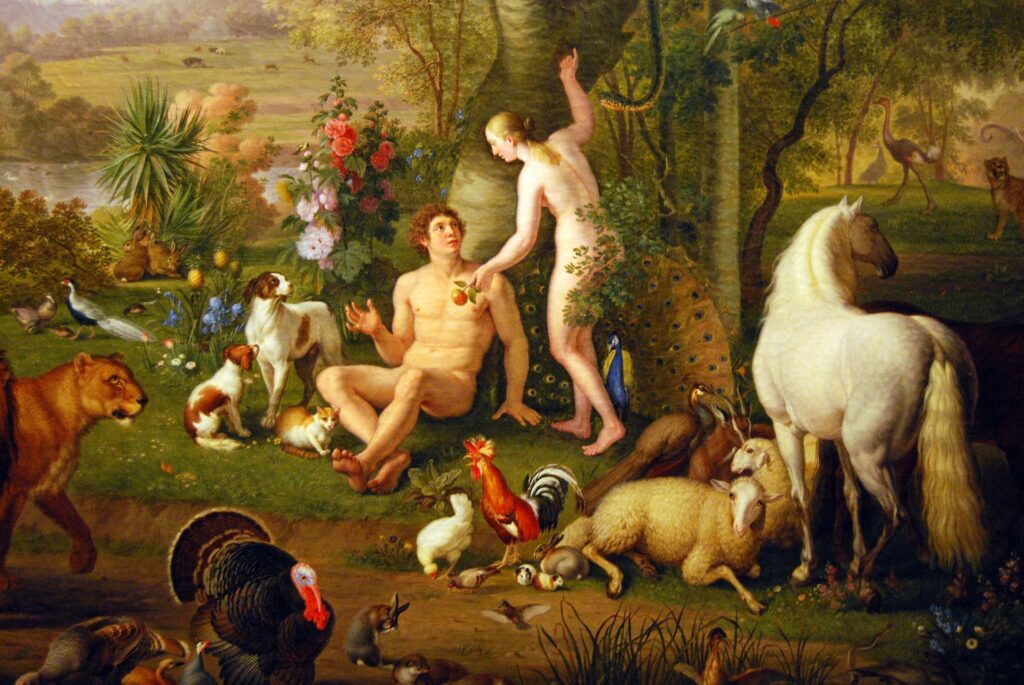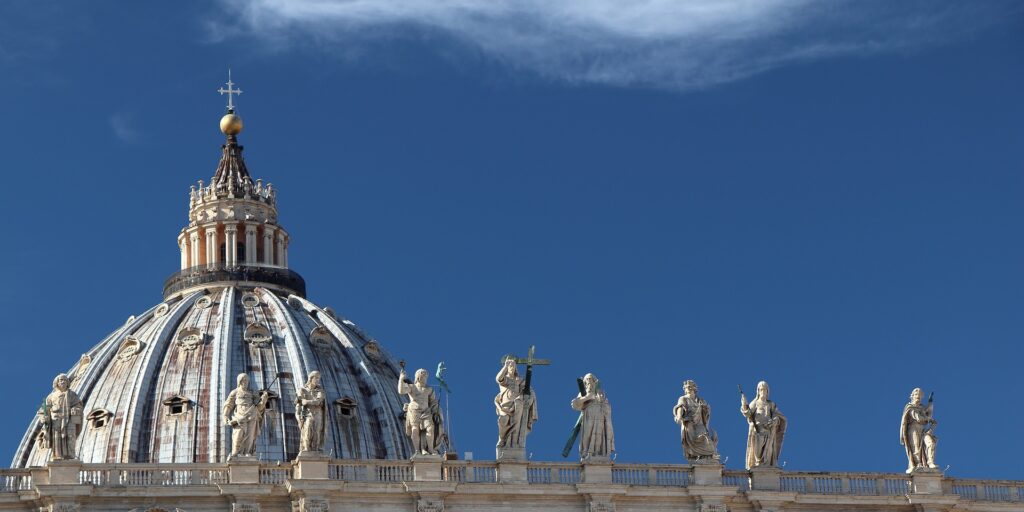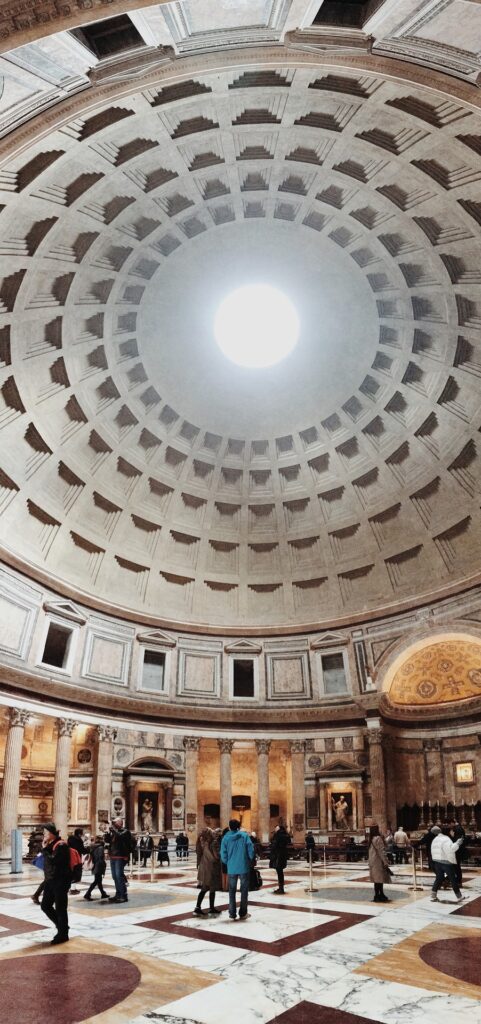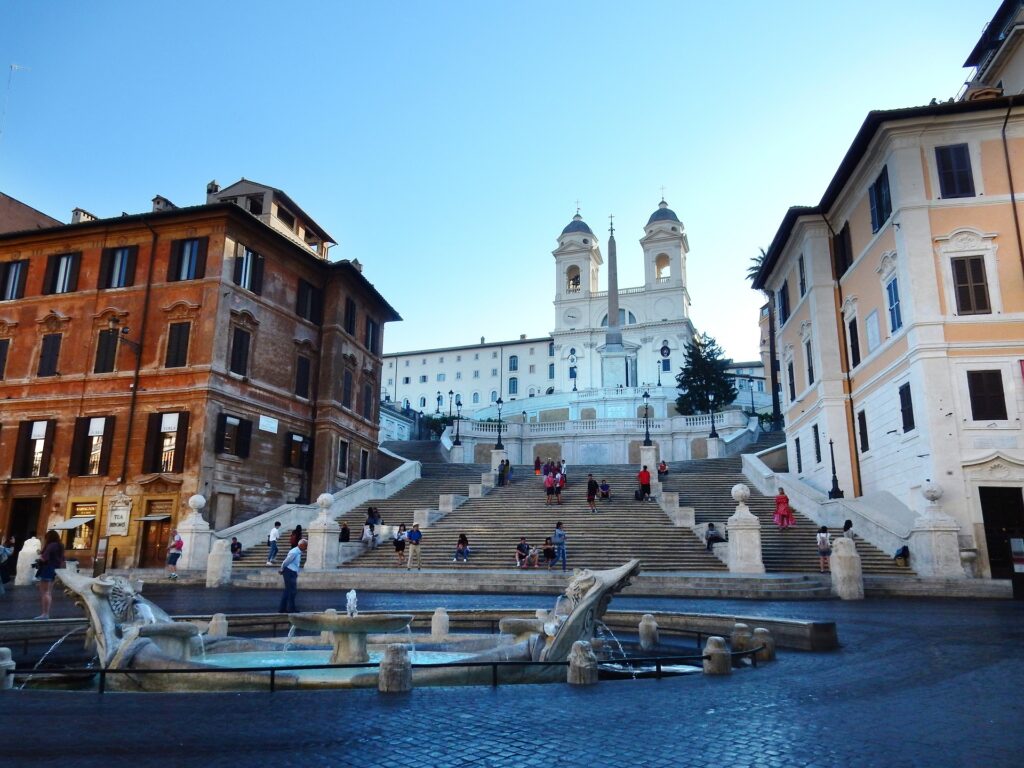3-Days in Kyoto and Osaka Itinerary
Kyoto and Osaka are both culturally rich and historically significant cities in Japan, with unique vibes and offerings. Here’s a suggested itinerary for three days split between these two amazing destinations:
Day 1:
Kyoto
Start your day by visiting Kiyomizu-dera, officially known as Otowa-san Kiyomizu-dera (音羽山清水寺), is a historic Buddhist temple located in Kyoto, Japan. It’s one of the most celebrated temples in Japan and is a UNESCO World Heritage site as part of the Historic Monuments of Ancient Kyoto. Here are some key points about Kiyomizu-dera:



Image by Jordy Meow from Pixabay
- Origins: The temple dates back to the year 778, though most of its present buildings were constructed in 1633.
- Architecture: One of its most notable features is the main hall’s large veranda that juts out over the hillside and offers impressive views of Kyoto. This veranda is supported by tall wooden pillars, making it an architectural marvel. The temple’s construction is particularly notable because it was done without the use of nails.
- Otowa Waterfall: Beneath the main hall is the Otowa Waterfall. Visitors can catch and drink the water, which is believed to have therapeutic properties. Drinking from the three different streams is said to confer benefits in three areas: longevity, success in studies, and love.
- Events: The temple is a hub for many annual events. For instance, the spring and autumn seasons draw crowds eager to see cherry blossoms and autumn leaves, respectively. Special evening openings during these periods illuminate the temple in a breathtaking manner.
- Religious Significance: The temple is associated with the Kannon Bodhisattva, a figure of mercy. Many visitors come to pray for blessings, and it’s a popular pilgrimage site.
- “Jumping off the Stage of Kiyomizu”: There’s an old Japanese expression “to jump off the stage at Kiyomizu,” equivalent to the English saying “to take the plunge.” It refers to making a bold decision. Historically, it’s believed that if one were to survive a 13-meter jump from the stage, one’s wish would be granted. This practice has long been prohibited, for obvious reasons!
- Location: Kiyomizu-dera is located in the Higashiyama district of Kyoto, which is home to numerous historic sites, traditional shops, and eateries. Walking through the lanes that lead to the temple is an experience in itself.
Sannenzaka and Ninenzaka are two iconic preserved streets in Kyoto, Japan, that lead to the famous Kiyomizu-dera temple. These streets, with their traditional atmosphere and architecture, are part of what makes the Higashiyama district of Kyoto so special. They offer a glimpse into old Japan and are lined with beautifully preserved wooden buildings, tea houses, and traditional shops.

Sannenzaka Image by gdquest from Pixabay
Here are some key points about Sannenzaka and Ninenzaka:
- Historical Importance: Both streets have been designated as Japan’s “Preservation Districts for Groups of Traditional Buildings.” This means that the facades of buildings in these areas have been kept in a traditional style to maintain their historical value and character.
- Sannenzaka (三年坂): Also known as “Three-Year Hill,” legend has it that if you trip and fall on this slope, you will have three years of bad luck. It’s a steep street, so always be careful when strolling down!
- Ninenzaka (二年坂): Meaning “Two-Year Hill,” this is a slightly gentler slope than Sannenzaka, and it’s lined with numerous tea houses and shops. Like Sannenzaka, it’s believed that if you trip and fall here, you’ll face two years of misfortune.
- Traditional Shops: Both streets are full of traditional shops where you can buy Kyoto’s famous crafts, sweets, pickles, and other souvenirs. Many visitors enjoy trying out matcha (green tea) and Japanese sweets in the historic tea houses.
- Yasaka Pagoda: As you walk along these streets, you’ll often see the five-story Yasaka Pagoda in the background. It provides a picturesque backdrop, especially during cherry blossom season or when the autumn leaves are in full color.
- Atmosphere: Both Sannenzaka and Ninenzaka are pedestrian-only, making it easier and safer for visitors to wander around. They are especially enchanting in the early morning or evening when the crowds are fewer, and you can feel the historic atmosphere more deeply.
- Seasonal Beauty: These streets, along with the surrounding Higashiyama area, are particularly beautiful during cherry blossom season and autumn, when the colors of nature beautifully complement the traditional architecture.
If you’re visiting Kyoto and wish to experience its historic ambiance, a stroll down Sannenzaka and Ninenzaka is a must. The picturesque setting allows visitors to immerse themselves in the timeless beauty of traditional Japan.
Afternoon: You can visit Fushimi Inari Taisha (伏見稲荷大社) that is one of the most iconic and famous shrines in Kyoto. It’s particularly known for its thousands of red torii gates, which create a path up the mountain behind the main buildings. Here are some key points about the shrine:

Image by Michelle Raponi from Pixabay

Image by Vicki Hamilton from Pixabay
- Deity of Inari: The shrine is dedicated to Inari, the Shinto god of rice, and has been an important site for the worship of this deity for centuries. Foxes are considered to be the messengers of Inari, so you will see many fox statues around the shrine grounds.
- Torii Gates: One of the most iconic features of Fushimi Inari Taisha is the Senbon Torii (“thousands of torii gates”). These gates straddle a network of trails behind the shrine’s main buildings. Each gate is donated by a Japanese business in the hope of receiving blessings from Inari, the deity of business and merchants.
- Hike: It’s a popular activity to hike up the mountain through the torii gates to the summit. Along the way, there are smaller shrines with stacks of miniature torii gates offered by visitors for smaller sums than the larger gates.
- Location: Fushimi Inari is located in the south of Kyoto and is easily accessible by train. It’s just a short walk from JR Inari Station.
- Open Hours: One of the great things about Fushimi Inari is that it’s open 24 hours a day, and there is no admission fee. Visiting early in the morning or late in the evening might help you avoid the largest crowds, and the pathway lined with torii gates can be particularly atmospheric during these times.
- Cultural Importance: Fushimi Inari Taisha has been selected as the top place to visit in Japan multiple times in various surveys, making it a must-visit destination for many tourists.
- Events: Various events and festivals are held at the shrine throughout the year, but one of the most significant is the Motomiya Festival in July.
Fushimi Inari Taisha is a unique and culturally rich destination that offers a mix of both natural beauty (with the wooded mountain trails) and human-made artistry (with the torii gates and shrine architecture).
After visiting Fushimi Inari Taisha, Gion (祇園) is Kyoto’s most famous geisha district and one of the city’s most popular attractions. Nestled near the Kamo River, Gion is characterized by its traditional wooden machiya houses, exclusive ochaya (teahouses), and its historical ambiance. Here are some key aspects of Gion:

- Geisha and Maiko: Gion is renowned for its geisha (known as ‘geiko’ in Kyoto dialect) and apprentice geisha called maiko. These traditional Japanese female entertainers are skilled in performing various Japanese arts such as classical music, dance, and games.
- Hanami-koji Street: This is the main street of Gion, lined with beautifully preserved machiya houses. It’s a popular spot for visitors hoping to catch a glimpse of a geiko or maiko on their way to or from an engagement at one of the area’s exclusive teahouses.
- Gion Corner: A place where visitors can observe seven different types of traditional performing arts, including tea ceremony, kyo-mai dance, and puppet play. It provides tourists with a brief introduction to traditional Japanese culture.
- Shirakawa Area: Along the Shirakawa Canal are beautifully preserved machiya houses, ochaya, and high-end restaurants. The area is especially picturesque in the evening and during the cherry blossom season.
- Yasaka Shrine: Located at the eastern end of Shijo-dori, Yasaka Shrine is a historic shrine that is particularly busy during festivals like the Gion Matsuri in July.
- Gion Matsuri: The Gion Festival is one of Japan’s largest festivals and takes place over the entire month of July. It’s a highlight in Kyoto’s calendar, with its grand procession of floats and various traditional events.
- Preservation Efforts: Due to its cultural importance, strict regulations have been implemented to preserve Gion’s historic atmosphere. For instance, there are rules that regulate the design of new buildings and the display of advertisements to ensure they’re in line with the traditional ambiance of the district.
- Tourist Etiquette: Visitors should be respectful when in Gion, especially if they encounter geiko or maiko. It’s considered impolite to block their path or try to take pictures without permission. They are working professionals, and their privacy should be respected.
Overall, Gion is not just a district but an embodiment of traditional Japanese culture. When visiting, you can feel as though you’ve stepped back in time, making it a must-visit for those traveling to Kyoto.
Evening: Pontocho Alley, often simply referred to as Pontocho, is one of Kyoto’s most atmospheric dining areas. You can take your dinner here. It’s a narrow alleyway running parallel to the Kamo River in the center of Kyoto, Japan. Here are some key details about Pontocho:
Image by Talita Romero from Pixabay

- Historical Significance: Pontocho has been a center of entertainment and nightlife since the 16th century.
- Ambiance: The alley is lined with traditional wooden buildings, many of which are machiya (traditional townhouses) that have been converted into restaurants, bars, and teahouses. At night, the soft glow of lanterns illuminates the alley, offering a quintessentially Kyoto atmosphere.
- Dining: You can find a wide range of dining options in Pontocho, from inexpensive yakitori (grilled chicken skewers) joints to exclusive kaiseki (traditional multi-course meal) restaurants. Some of the establishments have balcony seating overlooking the Kamo River, which is particularly popular during the summer months.
- Geisha and Maiko: Pontocho is one of Kyoto’s five hanamachi, or geisha districts. If you’re lucky, in the early evening, you might catch a glimpse of geisha (or in Kyoto dialect, geiko) and maiko (geiko apprentices) as they hurry to their evening appointments.
- Access: Pontocho is easily accessible. It’s located between Shijo and Sanjo streets, with entrances from both. The closest train stations are Kawaramachi and Gion-Shijo.
- Tourist-friendly: While some of the upscale establishments in Pontocho may require introductions or reservations in advance, there are many places that warmly welcome tourists. English menus are available in several restaurants.
- Seasonal Highlights: During the summertime, many of the dining establishments along the Kamo River construct temporary wooden patios known as “yuka.” These platforms allow customers to dine while enjoying the cool breeze off the river.
If you’re visiting Kyoto, a stroll (or a meal) in Pontocho is a must to experience the traditional, atmospheric side of the city.
Day 2:
Kyoto
Morning: you should visit Arashiyama Bamboo Grove that often simply referred to as the Arashiyama Bamboo Forest, is one of Kyoto’s most iconic and visited sights. Located in the western part of Kyoto, Japan, this enchanting bamboo forest offers a unique and tranquil experience that captivates visitors from around the world. Walking through the tall bamboo stalks that seem to stretch endlessly into the sky creates a sense of wonder and serenity. Arrive early to avoid crowds.

Image by Theerapol Boonnan from Pixabay
Here’s what you should know about Arashiyama Bamboo Grove:
- Appearance in Various Media: The bamboo forest is so iconic that it has been featured in many photographs, movies, and TV shows. It epitomizes the serene beauty that many associate with traditional Japan.
- Walking Paths: The main path through the bamboo forest is about 500 meters long and offers an incredibly picturesque walk. This path will take you from the vicinity of Tenryu-ji Temple to Okochi Sanso Villa.
- Best Time to Visit: While the bamboo forest is beautiful year-round, it can get quite crowded, especially during the cherry blossom season and the fall foliage season. Early morning is often recommended if you prefer a quieter experience.
- Surrounding Attractions: Apart from the bamboo grove, Arashiyama has a lot to offer. Tenryu-ji Temple, a UNESCO World Heritage site with beautiful gardens, is nearby. Additionally, the Togetsukyo Bridge and the Iwatayama Monkey Park are popular attractions in the area.
- Accessibility: Arashiyama can be easily reached by train. The main gateway from central Kyoto is the JR Saga-Arashiyama Station. The bamboo grove is a short walk from this station.
- Sound: One unique characteristic of the forest is the sound the bamboo stalks make when they sway in the wind. This rustling sound is so valued that it was selected as one of “100 Soundscapes of Japan” by the country’s Ministry of the Environment.
- Cultural Significance: Bamboo in Japanese culture has been symbolic of strength and flexibility due to its robust yet bendable nature. The grove is not just a tourist attraction but also holds cultural significance in Japan.
When visiting Arashiyama Bamboo Grove, or any natural or cultural site, it’s always good to remember the principle of “leave no trace”. This ensures that the beauty and integrity of such places are preserved for future generations.
Tenryu-ji Temple (天龍寺) is one of the most important Zen temples in Kyoto, Japan, and a designated UNESCO World Heritage Site. It’s located in the scenic Arashiyama district, close to Arashiyama Bamboo Grove.

Here’s an overview of Tenryu-ji Temple:
- History: Founded in 1339 by the Ashikaga shogunate, Tenryu-ji Temple has a storied history that’s deeply intertwined with the early days of Zen Buddhism in Japan. Over the centuries, it has faced numerous fires and has been rebuilt several times.
- Sogenchi Garden: The temple is renowned for its historic garden, the Sogenchi Garden, which, unlike the temple buildings, has survived in its original form since its creation. It’s a beautiful example of a “borrowed landscape” garden, where the background scenery (in this case, the Arashiyama mountains) is incorporated into the design of the garden itself.
- Zen Meditation: Tenryu-ji is an active temple where Zen practices are still carried out. Visitors can sometimes participate in Zen meditation sessions, providing a unique cultural and spiritual experience.
- Architectural Significance: While the current temple buildings are mostly reconstructions from the Meiji Period (1868-1912) due to the aforementioned fires, they remain stunning examples of traditional Japanese temple architecture.
- Vegetarian Cuisine: Tenryu-ji Temple offers a shojin ryori dining experience. Shojin ryori is traditional Japanese Buddhist vegetarian cuisine, and it’s a culinary tradition closely linked with Zen Buddhism. Eating here can be a memorable experience, with dishes prepared using fresh, local, and seasonal ingredients.
- Entry and Exploration: There’s an entrance fee to explore the main hall and gardens. The temple grounds offer a serene ambiance, with beautifully landscaped gardens, ponds, and views of the surrounding Arashiyama mountains.
- Surrounding Attractions: Being in the Arashiyama district, after visiting Tenryu-ji, many visitors also explore the nearby bamboo grove, the Togetsukyo Bridge, and other temples and shrines in the area.
Visiting Tenryu-ji Temple offers a harmonious blend of history, spirituality, natural beauty, and traditional culture. It remains a testament to the enduring appeal and significance of Zen Buddhism in Japan.
Afternoon: There is a Zen temple covered in gold leaf, it’s a must-visit when in Kyoto. Kinkaku-ji, often referred to in English as the “Golden Pavilion,” is one of Kyoto’s most iconic and popular temples. It’s a Zen temple that’s formally named Rokuon-ji but is widely known for its stunning golden exterior.

Here’s an overview of Kinkaku-ji:
- The Golden Structure: The most distinguishing feature of Kinkaku-ji is its two top floors, which are completely covered in pure gold leaf. This gives the pavilion its dazzling appearance, especially when it’s reflected in the pond below on a sunny day.
- History: The temple was originally built in 1397 as a retirement villa for Shogun Ashikaga Yoshimitsu. After his death, as per his will, it was converted into a Zen temple. Throughout history, the pavilion has faced multiple disasters, including being burned down in 1950 by a young monk, after which it was reconstructed.
- Architecture and Symbolism: The three stories of Kinkaku-ji each represent a different architectural style:
- The first floor, called the Chamber of Dharma Waters, is rendered in the Shinden style, reminiscent of the residential style of the 11th-century Heian imperial aristocracy.
- The second floor, called the Tower of Sound Waves, is in the Bukke style used for samurai residences.
- The third floor is built in the Chinese Zen Hall style, and it houses a seated Kannon Bodhisattva surrounded by statues of the Four Heavenly Kings. This floor is also gilded on the inside.
The golden appearance is meant to mitigate and purify any negative thoughts and feelings towards death.
- The Gardens: The pavilion is set in an exquisite strolling garden with meticulously designed landscapes that represent famous places in Chinese and Japanese literature. The reflections of the pavilion in the pond, known as Kyoko-chi (Mirror Pond), enhance its beauty.
- Tourism and Visitation: Being one of Kyoto’s most visited temples, Kinkaku-ji can get crowded. Early mornings or off-peak seasons might offer a quieter experience. When you visit, there’s a designated path around the pond and the gardens to enjoy different views of the pavilion.
- Location: Kinkaku-ji is located in the northern part of Kyoto, a bit away from the city center, but it’s easily accessible by bus.
- Cultural Significance: Kinkaku-ji, along with other historic monuments in ancient Kyoto, is designated as a UNESCO World Heritage Site.
The Golden Pavilion, with its mix of beauty, history, and spirituality, provides a captivating experience and is a must-visit for anyone traveling to Kyoto.
Ryoan-ji Temple, located in Kyoto, is one of the most famous and intriguing Zen temples in Japan. Its prominence largely comes from its karesansui (dry landscape) rock garden, which has fascinated and mystified visitors for centuries.

Here’s a closer look at Ryoan-ji:
- The Rock Garden: Ryoan-ji’s rock garden is a rectangular plot of pebbles surrounded by low earthen walls, with 15 rocks of different sizes, carefully composed in small groups and placed on patches of moss. An interesting aspect of the garden’s design is that from any vantage point, at least one of the rocks is always hidden from the viewer. The garden’s designer and the exact meaning of the rocks are unknown, making it a subject of speculation and meditation. Some interpret it as islands in a sea, while others see it as an abstract concept without a specific representation.
- History: The temple was originally associated with the Hosso sect of Buddhism in the Heian Period, but it was later converted into a Zen temple in 1450. Like many other historical structures in Japan, the temple’s buildings were destroyed by fires and wars and were rebuilt in the late 15th century.
- Temple Grounds: Beyond the rock garden, Ryoan-ji has a spacious temple precinct with a pond called Kyoyochi Pond, which dates back to the Heian period. The pond is dotted with islands and bridges, making it a picturesque location, especially during the cherry blossom and autumn foliage seasons.
- Visit: Visitors can observe the rock garden from the veranda of the temple’s main building. The peaceful setting and the mysterious garden invite quiet contemplation and are an opportunity for visitors to engage in Zen meditation, even if just for a short while.
- Cultural Importance: Ryoan-ji, along with several other historic monuments in Kyoto, has been designated a UNESCO World Heritage Site. Its rock garden, in particular, has been influential and is considered a masterpiece of Japanese culture.
- Location and Access: Ryoan-ji is situated in the northwest part of Kyoto, not too far from Kinkaku-ji (the Golden Pavilion). The temple is accessible by city buses or by the Randen Kitano Line, getting off at Ryoanji Station.
When visiting Ryoan-ji, the experience is less about seeing an ornate structure or colorful gardens, and more about embracing the Zen concept of simplicity and introspection. The austere beauty of its rock garden encourages visitors to reflect and find their interpretations, making each visit a unique experience.
Evening: You can travel to Osaka. It’s just a short train ride between the two cities. After arriving, explore Dotonbori. It’s Osaka’s entertainment district, famous for its neon lights, street food (like takoyaki and okonomiyaki), and the Glico Running Man sign.

Image by NIRV VANA from Pixabay
Day 3:
Osaka
Morning: Start your day with a visit to Osaka Castle (大阪城, Ōsaka-jō) that is one of Japan’s most iconic landmarks, both for its historical significance and its striking architecture. Here are some key facts and details about Osaka Castle:

Image by Sangyeon Yu from Pixabay
- Historical Background:
- The original Osaka Castle was constructed under the orders of the samurai general and ruler Toyotomi Hideyoshi in 1583. It was intended to serve as a display of power and to unify Japan under his rule.
- In 1615, the castle was destroyed during the Summer War of Osaka. It was then rebuilt by Tokugawa Ieyasu, the founder of the Tokugawa shogunate that ruled Japan for over 250 years until the Meiji Restoration in 1868.
- The castle has suffered damage and destruction multiple times throughout its history, including during conflicts and natural disasters. The current structure is largely a reconstruction from the 1930s, with subsequent modern renovations.
- Architecture & Features:
- The castle is surrounded by massive stone walls and moats. These defensive structures, along with its strategic location, made it a formidable fortress in its prime.
- The main tower of Osaka Castle stands at eight stories high, and on its top, you can enjoy panoramic views of Osaka city.
- One of the notable architectural elements of the castle is the gold leaf accents, especially the golden tiger-headed carps (“kin-shachi”) which are placed on the roof. These were symbols of power and affluence.
- Inside the Castle:
- Today, the interior of the main keep is a modern museum. It showcases the history of the castle and the significant figures associated with it, especially Toyotomi Hideyoshi.
- There are various artifacts, exhibits, and dioramas that give visitors insights into the castle’s history and the broader historical context of Japan during its feudal period.
- Surroundings:
- Osaka Castle Park surrounds the castle and covers an area of about two square kilometers. It’s a favorite spot for both locals and tourists, especially during cherry blossom season when thousands of cherry trees bloom spectacularly.
- Visiting:
- If you’re planning a visit, you might want to check the castle’s official website or local tourist resources for operating hours, ticket prices, and any special events or exhibitions.
- The castle is easily accessible by public transportation, being located centrally in Osaka.
In summary, Osaka Castle is a testament to the tumultuous and transformative periods of Japanese history. For visitors to Japan, especially history enthusiasts, a trip to Osaka Castle offers a rich and immersive experience.
Afternoon: Shinsaibashi (心斎橋) is one of the principal shopping districts in Osaka, Japan. Located in the Chuo-ku ward, it’s renowned for its blend of modern and traditional establishments, ranging from high-end department stores and boutiques to quaint eateries and cafes. Here are some key details about Shinsaibashi:

- Shinsaibashi-suji Shopping Street:
- At the heart of Shinsaibashi is the covered shopping arcade known as Shinsaibashi-suji. Stretching for approximately 600 meters, this bustling shopping street houses a mix of international brand stores, local boutiques, specialty stores, and eateries.
- The arcade offers a shopping experience reminiscent of traditional Japanese shopping streets, with the added benefit of protection from the weather, thanks to its roof.
- Historical Significance:
- The district takes its name from the bridge (“bashi” means bridge in Japanese) called “Shinsaibashi,” which used to exist in the area.
- Historically, Shinsaibashi has been a commercial hub for many centuries, dating back to the Edo period (1603-1868).
- Dotonbori Proximity:
- Shinsaibashi is often associated with the nearby Dotonbori district, another famous entertainment and dining area in Osaka. Dotonbori is renowned for its neon lights, iconic Glico Running Man sign, and a vast array of dining options.
- The two areas are often visited in tandem by tourists, given their close proximity and complementary attractions.
- Amerikamura (Amemura):
- Near Shinsaibashi is the trendy district called Amerikamura, often referred to as “Amemura.” Known as Osaka’s version of Harajuku in Tokyo, Amemura is the epicenter for youth culture and fashion. It’s filled with boutiques, thrift shops, cafes, bars, and clubs.
- The area gets its name (“American Village”) due to the influence of American culture and its history of selling imported goods from the U.S.
- Access:
- Shinsaibashi is easily accessible by public transportation. The Osaka Metro’s Midosuji Line has a Shinsaibashi Station, conveniently dropping passengers right near the shopping arcade.
- Visiting Tips:
- If you’re visiting Shinsaibashi, wear comfortable shoes as there’s plenty to explore on foot.
- Evening hours can get particularly lively, especially on weekends. This is when you can best experience the area’s vibrant energy.
- Explore the side streets and alleys. Beyond the main arcade, there are numerous smaller streets filled with unique shops, restaurants, and bars.
Shinsaibashi embodies the modern spirit of Osaka while retaining touches of its historical charm. Whether you’re shopping for the latest fashion trends, searching for unique souvenirs, or just soaking in the atmosphere, Shinsaibashi offers a memorable urban experience in Osaka.
Kuromon Ichiba Market (黒門市場), sometimes referred to as “Osaka’s Kitchen,” is a bustling and renowned food market in the heart of Osaka, Japan. Spanning several blocks and boasting a history of over 170 years, the market is a must-visit for food lovers and anyone looking to experience the vibrant culinary culture of Osaka. Here are some key points about Kuromon Ichiba Market:


Image by pt920238 from Pixabay
- Overview:
- Kuromon Ichiba Market stretches for about 580 meters and houses around 150 shops and stalls. It’s primarily a fish market but offers a wide variety of fresh foods including fruits, vegetables, meats, and ready-to-eat meals.
- Seafood Delights:
- As with many Japanese markets, seafood is a major highlight at Kuromon Ichiba. You can find a range of fresh seafood like octopus, sea urchin, crabs, and various types of fish. Many vendors prepare seafood on the spot for you to enjoy, such as grilled scallops or sashimi bowls.
- Street Food:
- Apart from seafood, the market is also a hotspot for Japanese street food. Some of the popular items include takoyaki (octopus balls), kushikatsu (deep-fried skewered meats and vegetables), and okonomiyaki (savory pancakes).
- Fresh Produce:
- Kuromon Ichiba is also a great place to explore seasonal fruits and vegetables. Some vendors offer tastings of unique or regional varieties that you might not easily find elsewhere.
- Cultural Experience:
- Beyond just the food, Kuromon Ichiba offers a rich cultural experience. Walking through the market, you can witness local life, see traditional food preparations, and interact with friendly vendors who have been running their businesses for generations.
- Tourism Boom:
- In recent years, especially before the COVID-19 pandemic, Kuromon Ichiba saw a significant increase in the number of international tourists. This led to a slight shift in some of the offerings, with more stalls catering to the tastes and interests of foreign visitors.
- Access:
- The market is easily accessible. It’s located near Nippombashi Station, which can be reached via the Osaka Metro’s Sakaisuji and Sennichimae Lines.
- Visiting Tips:
- Try to visit in the morning or early afternoon for the freshest offerings and to avoid the larger crowds.
- Bring cash. While some stalls do accept credit cards, many smaller vendors operate on a cash-only basis.
- Be mindful and respectful. The market is a place of business for many locals. Always ask for permission before taking photos, especially close-ups of the food or vendors.
Kuromon Ichiba Market truly offers an authentic taste of Osaka. It’s an ideal place to savor the city’s famous flavors, discover new foods, and immerse yourself in the local food culture.
Evening: Umeda Sky Building (梅田スカイビル) is a striking piece of architecture located in the Umeda district of Osaka, Japan. It’s one of the city’s most iconic landmarks, known for its futuristic design and the breathtaking views it offers of the Osaka skyline. Here’s more information about it:

Umeda Sky Building Image by Penny from Pixabay


- Structure & Design:
- The Umeda Sky Building consists of two 40-story towers that are connected at their uppermost floors by a structure called the “Floating Garden Observatory.”
- Designed by the renowned architect Hiroshi Hara, the building’s unique structure and the observatory’s design give it the appearance of a floating structure in the sky.
- Floating Garden Observatory:
- Situated on the 39th floor, the Floating Garden Observatory provides panoramic views of the city. From this vantage point, visitors can enjoy a 360-degree view of Osaka.
- Although it’s called a “garden,” it’s essential to note that there isn’t an actual garden. The name is more symbolic, referring to the elevated, open-air viewing platform.
- Other Amenities:
- At the base of the Umeda Sky Building, there’s a reconstructed traditional Japanese village, which offers a stark contrast to the modern design of the tower. This area, known as Takimi-Koji, is an alley filled with restaurants and eateries that serve a variety of Japanese cuisines. It offers a nostalgic ambiance reminiscent of the Showa era.
- The building also hosts office spaces, conference rooms, and other amenities.
- Access:
- The Umeda Sky Building is within walking distance from both Osaka and Umeda Stations, making it easily accessible by train.
- Visiting Tips:
- The observatory is especially popular during the evening hours when visitors can witness the sunset and the city’s lights.
- There’s an entrance fee to access the Floating Garden Observatory.
- Elevators are available to take visitors up to the observatory, but the final section requires taking an escalator, which itself offers a unique experience as it stretches between the two towers against the backdrop of the city.
- Significance:
- The Umeda Sky Building, with its innovative design, has garnered international attention and acclaim. It’s often cited as one of the most iconic modern buildings in Asia.
- The structure represents a blend of futuristic architecture with touches of traditional Japanese elements, especially in the Takimi-Koji alley at its base.
For both architecture enthusiasts and regular tourists, the Umeda Sky Building offers a unique experience, combining breathtaking views with standout design in the heart of one of Japan’s most vibrant cities.
Return to Dotonbori for dinner and enjoy the nightlife, or try another of Osaka’s famous districts like Shinsekai.

Image by Johnny_px from Pixabay
Tips:
- Transport: The train system is efficient in Japan. Use the JR lines, subway, or buses to navigate. A Japan Rail Pass or regional Kansai pass might be useful for your travels.
- Accommodation: Consider staying near transport hubs like Kyoto Station in Kyoto and Namba or Umeda in Osaka.
- Pace: While this itinerary covers many highlights, you may need to adjust based on your pace and interests.
Enjoy your trip! Both cities have a lot to offer in terms of culture, history, and cuisine.
Image by tsukagoshi from Pixabay


































